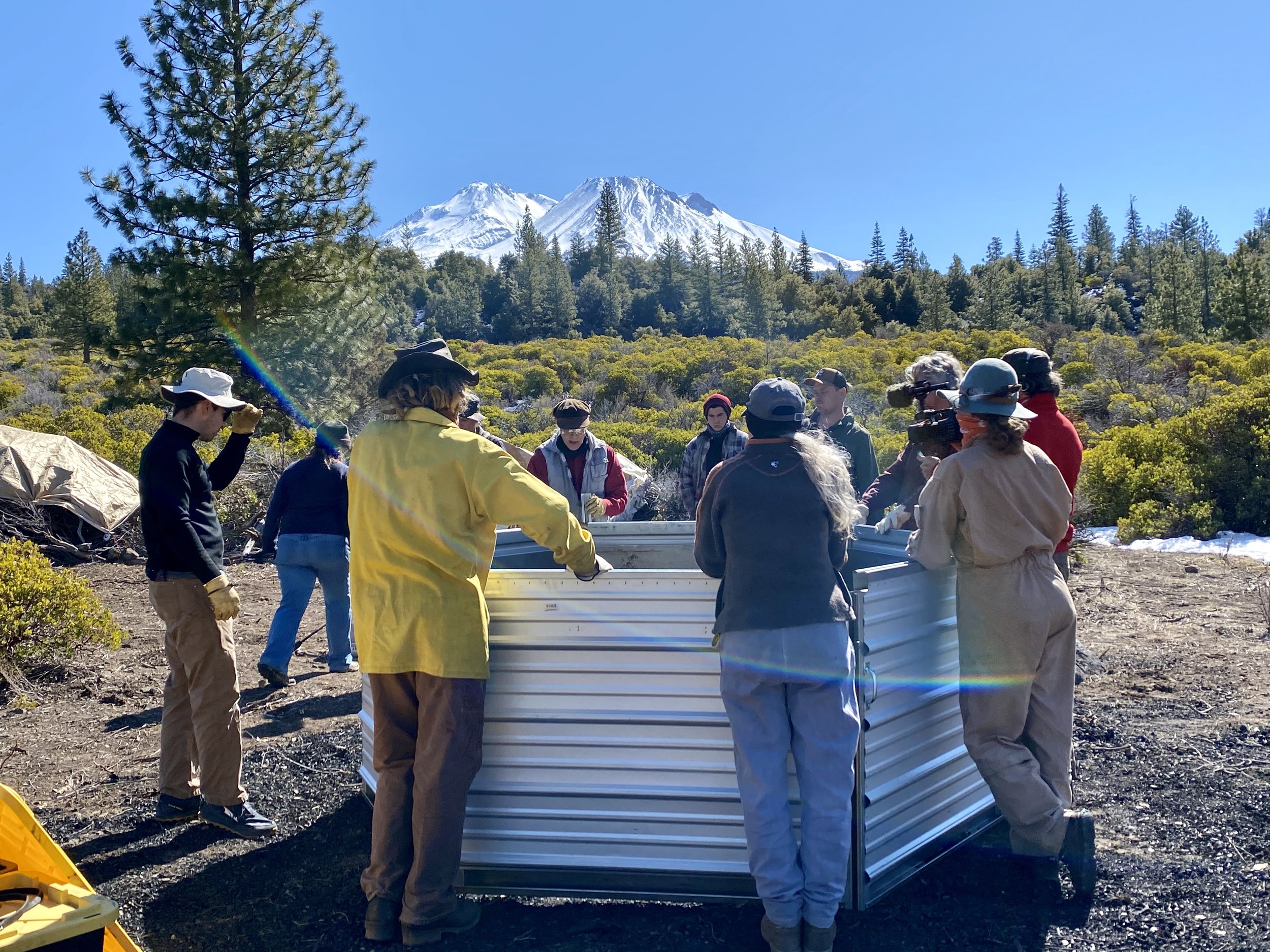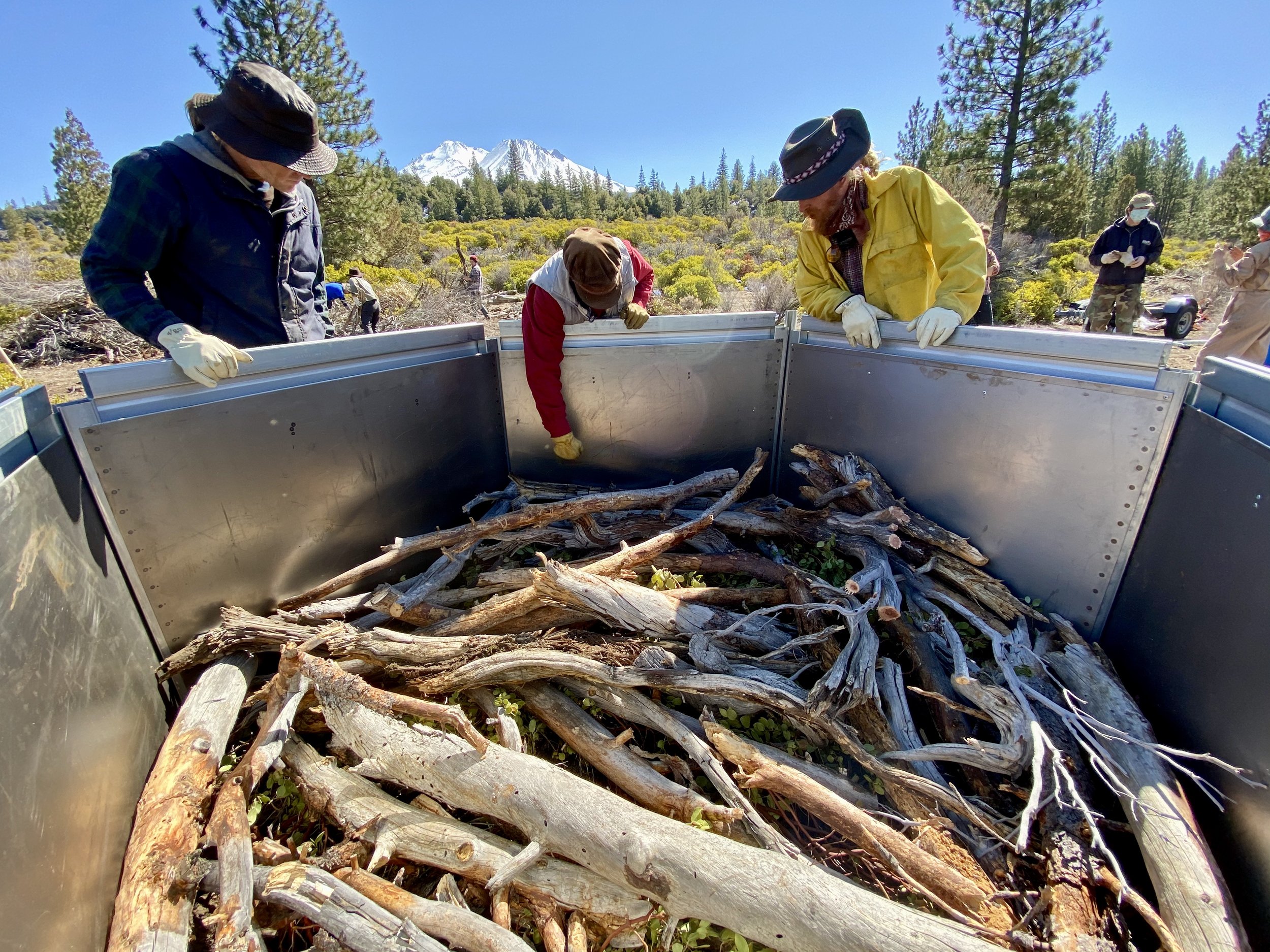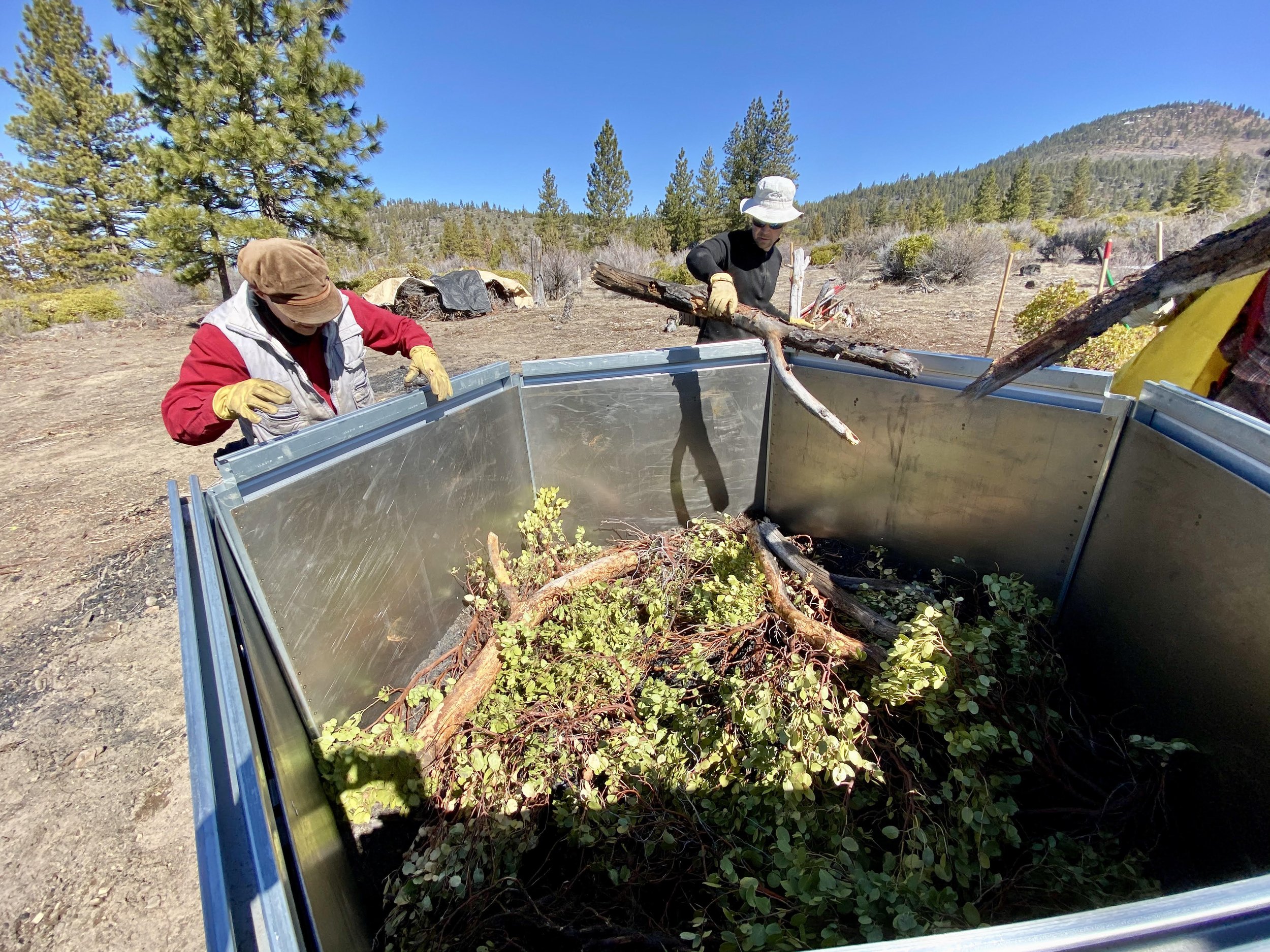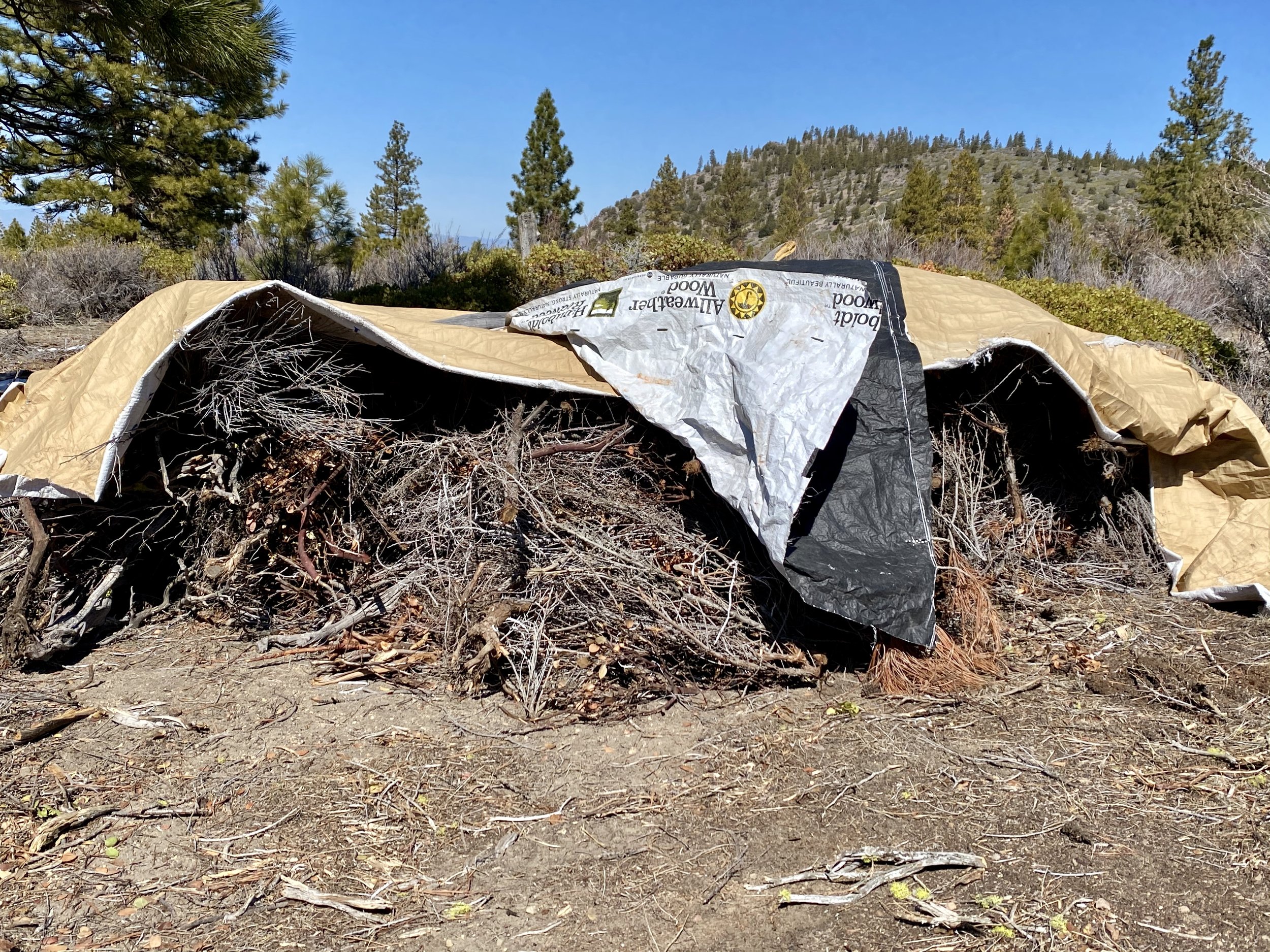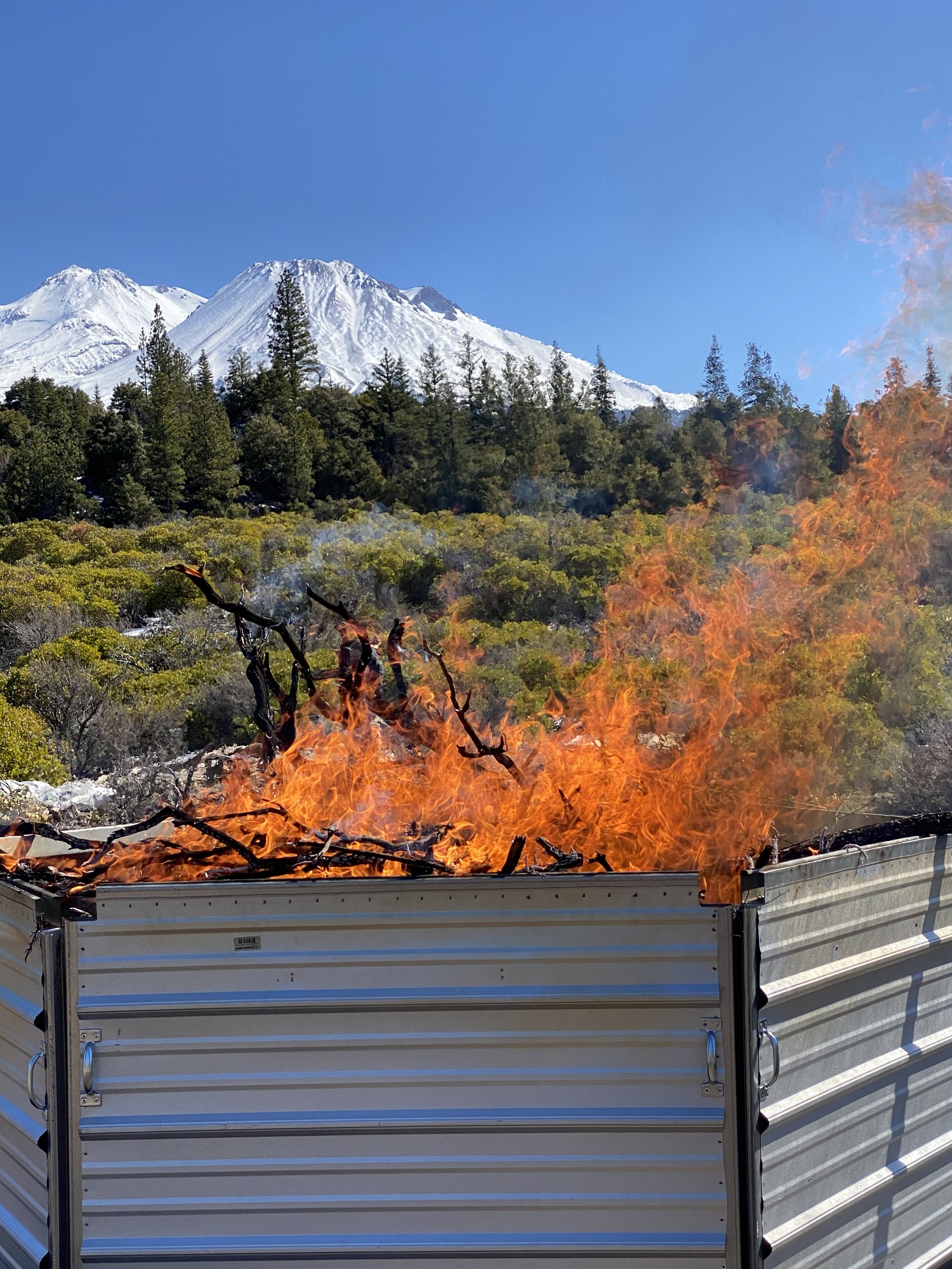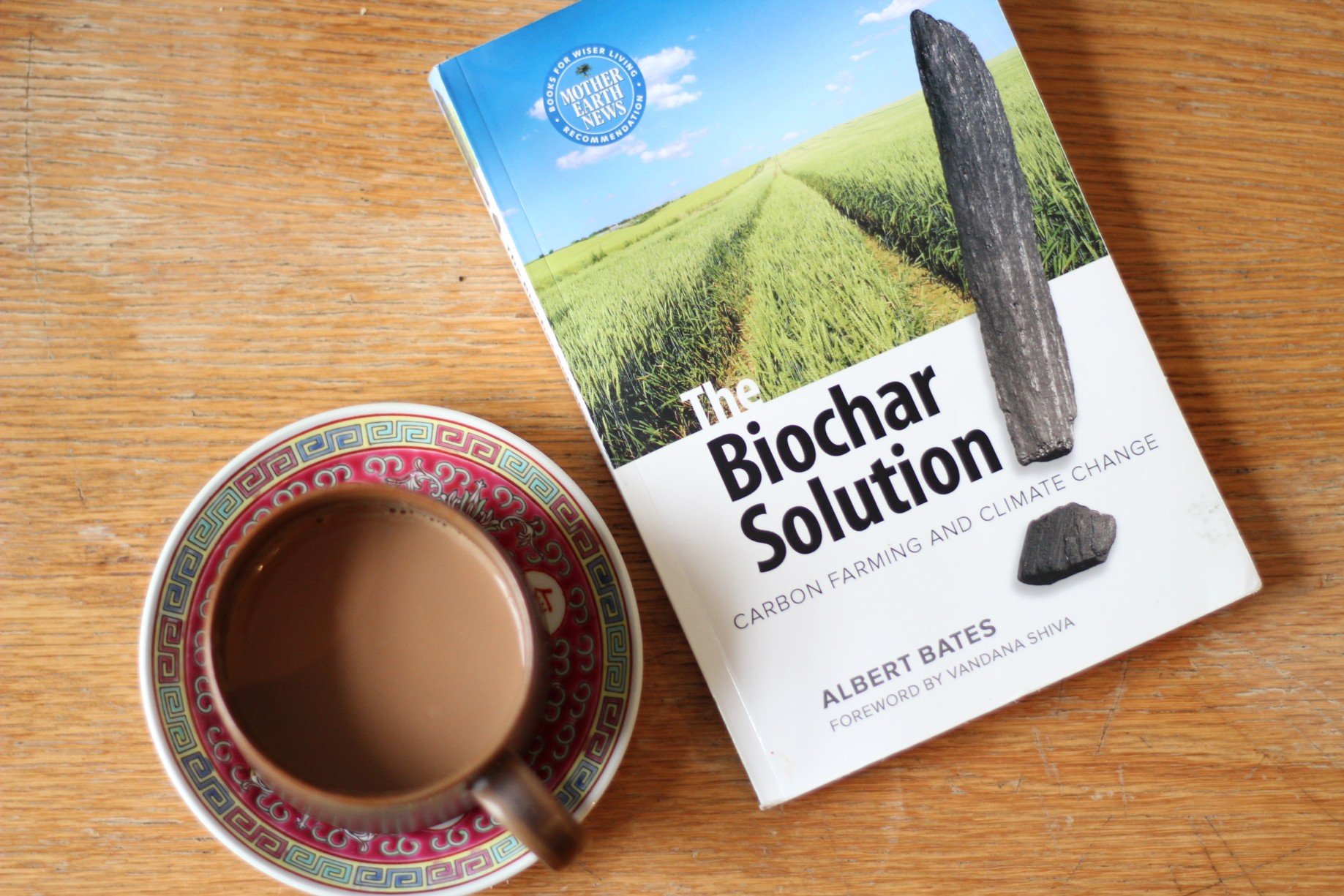
Ecological Fire Management
Praxis for the new fire paradigm.
ECOLOGICAL FIRE MANAGEMENT: HOW THE NEW PARADIGM WILL BE PUT INTO PRACTICE.
Every wildfire will be carefully managed to maximize the social and ecological benefits of burning, mitigate the safety risks to firefighters and the public, and minimize the economic costs and environmental impacts of fire management actions.
Works with Fire, Not Against Fire.
Fire Preparation for Communities is a Top Priority.
Firefighters Will Become Fire Rangers.
Pyrodiversity Enhances Biodiversity.
EFM will actively manage fires--steering instead of stopping them--so more of the landscape can receive the benefits of burning to recycle fuels, rejuvenate habitats, and restore ecosystems.
EFM depends on planning and preparing for all fires. Reducing home ignitability is a first step. The sooner communities are prepared for fire, the sooner ecosystems can be restored with fire.
EFM will revive the skill of ‘loose-herding’ wildfires as they range across the landscape. Fire crews will be actively managing fires as public land stewards, not fighting them like fire 'soldiers.'
EFM will manage for mixed-severity fires to maximize fire's role as a habitat-nurturing biological stimulus, while moderating fire behavior, if necessary, for community safety or ecosystem stability.
“Black Gold” - Biochar for Fuels Reduction, Forest Restoration, and Carbon Storage: Ecological Fire Management in Practice
Section 1: What is Biochar? A Brief Introduction
Rural residents and small woodlot owners who want to reduce fuel hazards to protect their property from wildfire have a dilemma. Mechanical fuels reduction with heavy equipment is very expensive, often removes big trees, requires roads, damages soil, and burns lots of fossil fuels. Manual fuels reduction such as cutting, piling, and burning is far cheaper, but can also damage soil, and produces smoke pollution. Both mechanical and manual fuels reduction methods remove carbon from the ecosystem and send it up into the atmosphere, contributing to climate change and thereby raising wildfire risks.
This webpage introduces an alternative fuels treatment method: biochar. Biochar turns woody biomass into charcoal rather than smoke and ash, preserving forest carbon for hundreds or even thousands of years. Biochar reduces hazardous surface fuels while also enhancing soil carbon storage. Soils enriched with biochar supply more nutrients and retain more water, improving plant productivity and their ability to sequester and store carbon.
In essence, fuels treatments with biochar techniques gain a trifold benefit: wildfire hazard reduction, long-term carbon storage and sequestration, and enhanced soil fertility.
Section 2: How do you make Biochar?
In collaboration with the Hotlum Eco-Restoration Camp and the Fire Ecology Network, FUSEE hosted Dr. Ken Carloni in a two-day workshop in biochar production in spring 2021. The event demonstrated how to use the "Carloni kiln," a specially designed tool to turn small-diameter woody biomass into biochar. The kiln can be assembled and transported by a hand crew, and can work on sites lacking road access or on steep slopes in heavily forested areas.
Biochar Production with the Carloni Kiln: Step-By-Step
While Dr. Ken Carloni demonstrated how to assemble and use his unique biochar kiln during FUSEE’s 2021 workshop, we filmed and photographed the process. FUSEE shares Ken’s philosophy that biochar production should be an ecosystem service not a resource extractive operation to generate a market commodity. It should be done at appropriate scale starting near homes and communities where wildfire risks and needs for fuels reduction are greatest. Making biochar is both a carbon and a community bonding experience!
Photos by Catia Juliana of Meadowrose Photography
The Science of Biochar: A Lecture by Dr. Ken Carloni
Dr. Ken Carloni, inventor of the Carloni kiln, is featured in this webinar on the science of biochar. His lecture traces the biophysical properties of biochar from the molecular to the landscape level - everything you wanted to know about biochar but were afraid to ask!
Section 3: Annotated Bibliography of Biochar
Fire Effects on the Persistence of Soil Organic Matter and Long-Term Carbon Storage - Pelligrini 2021
This article challenges the common narrative that (fire) disturbances deplete carbon in soils by sharing how fire positively affects soil organic matter stability and long-term carbon storage. Pellegrini et. al share the benefits of fire for soil organic matter which includes reducing soil decomposition, increasing soil organic matter stabilization, altering soil texture and mineral composition, improving soil recalcitrancy, and affecting soil aggregation.
Pellegrini et. al advocate for the increased use of ecological fire management as a climate solution. They argue that prescribed fire should be used as a nature-based mechanism for climate change mitigation because it not only enhances soil organic matter stability, also known as its resistance to disturbances, but also reduces fuels which can minimize human and infrastructure damages from high-severity wildfires. These low-intensity burns (prescribed fires) promote more soil organic matter stability than high-intensity fires that induce combustion-based losses.
Biochar Production #ClimateSolution Project Drawdown 2022
Project Drawdown is a nonprofit organization that “seeks to help the world reach drawdown- the future point when levels of greenhouse gases in the atmosphere… start to steadily decline” by reviewing and assessing climate solutions. They support that the solution to reaching drawdown is to reduce sources of emissions, support natural carbon sinks, and improving equality in society. One of the supporting natural sinks that removes and stores carbon that they support is biochar production. This site shares the economic costs of biochar as a climate solution, including operational costs and life-cycle assessments.
A Review of Biochar and Its Use and Function in Soil Sohi 2010
This book provides a great introduction and overview of biochar and its uses. The book outlines policy implications for biochar, biochar in the global carbon cycle, scenarios for production and deployment of biochar, and information about trading for biochar carbon. The book provides information about the chemical and physical composition of biochar, its historic uses, its impact on crops and soil performance, and its impact on balancing greenhouse gases. The book also discusses barriers and limitations to biochar systems and implementation.
Low-Intensity Frequent Fires in Coniferous Forests Transform Soil Organic Matter in Ways That May Offset Ecosystem Carbon Losses - Pelligrini 2021
This article presents research on how long-term prescribed fires impact soil organic matter and carbon losses. The research was conducted in coniferous forests in Sequoia and Kings Canyon National Parks, and used tools such as soil sampling, fuel and vegetation surveys, measurement of soil nutrients, measurement of carbon, soil microbial respiration, and soil enzyme activity.
Pelligrini et. al found that fire caused many changes in the chemical properties of multiple soil horizons of the forest floors. The major conclusion was that fire promoted the recalcitrance of soil, the addition of greater amount of nitrogen in soil minerals in the affected burned areas, and long-term sequestering of carbon in soils in coniferous forests. The researchers suggest that prescribed burning is an effective management tool to promote the harboring of carbon in soil and reduces the vulnerability of forests to the impacts of climate change.
Policy Support for Biochar: Review and Recommendations Pourhashem 2019
The adoption of biochar has been slow, given the multitude of evidence supporting its environmental benefits. This article examines how public policy can help accelerate production of biochar and motivate commercial scale increase. Three programs are identified that support biochar production: commercial financial incentives, nonfinancial policy support, and funding for research and development. They analyze how these policy types are currently being used to support biochar production and offer recommendations for policymakers to help maximize biochar adoption. Some of the recommendations for policy include allowing for monetization of environmental benefits, recognizing soil as a resource in natural preservation policies, and making a broadly accepted set of product standards for biochar.
Soil Carbon Sequestration to Mitigate Climate Change Lal 2004
Lal’s article discusses the potential for soil to mitigate climate change through sequestering carbon, highlighting the interdependence between climate and soil quality. Lal discusses carbon emission sources specifically relating to soil degradation such as land use and agricultural systems.
Lal presents alternatives for managing soils, recommended management practices (RMPs), which would have positive impacts on food systems, agriculture, water quality and climate change. Lal contends that through these suggested practices, soil carbon sequestration could offset one quarter to one third of the annual increase in carbon.
Lal lists the many benefits to increased soil carbon sequestration including restoring degraded soils, increasing biomass production, absorbing and purifying ground and surface waters, improving soil aggregation and biodiversity, reducing vulnerability to erosion, moderating soil temperatures, and offsetting carbon emissions from fossil fuels.
The Biochar Critique in The Biochar Solution: Carbon Farming and Climate Change - Bates 2010
In this chapter of his book on biochar solutions for climate change, Bates confronts the opposing voices of biochar as a bioenergy with carbon storage (BECS) climate solution being discussed at climate UN gatherings. Biofuelwatch and other biochar opponents warn that biochar is an under researched, greenwashed geoengineering scheme that should not be eligible for carbon credits. Some other concerns involve issue of bad health effects of soot and carbon- negative agriculture.
Bates acknowledges the validity of some of these claims and confronts the misinformation spreading about biochar, while advocating for the increase of biochar projects and the implementation of ethical standards and financial incentives. The value of biochar is exemplified through a case study of WorldStove’s Haitian pyrolytic stove program that increases stove efficiency from 12% to 93%.
Biochar Stability in Soil: Meta‐Analysis of Decomposition and Priming Effects - Wang 2016
This article discusses the impact of biochar on soils. Wang et. al analyzed biochar decomposition and mineralization in soil. They found that biochar reduces the mineralization of soil organic matter, which in turns promotes beneficial soil ecosystems. They also found that biochar stays in the soil for a long time, which promotes long term carbon sequestration. They state that biochar improves microbial activity in soils, especially in soils with previous low fertility, which can have many positive effects, specifically on improving soil fertility for crop yields and agricultural benefits.
The research presents that biochar improves soil fertility, stimulates plant growth, boosts biomass input from roots, improves root growth and distribution, and allows more carbon to remain in subsoils. The main goal of this article is to articulate the value of biochar in soil carbon sequestration which helps to reduce net greenhouse gas emissions and can help mitigate climate change through the sequestering of carbon.
Stability of Biochar in Mineral Soils: Assessment Methods, Influencing Factors and Potential Problems - Wang 2022
In this article, Wang critically reviews the existing assessment methods for biochar as a tool for carbon sequestration and greenhouse gas mitigation. The authors analyze the impact of environmental aging on biochar stability and contend that existing assessment methods sometimes overestimate the stability of biochar in mineral soils.
The authors argue that assessment methods should include more long-term field experiments to evaluate biochar’s potential more accurately for carbon sequestration in soils.
Section 4: Delay the Decay: The Art and Science of Biochar
A Series of “Chartoons” by FUSEE member Parts Permillion
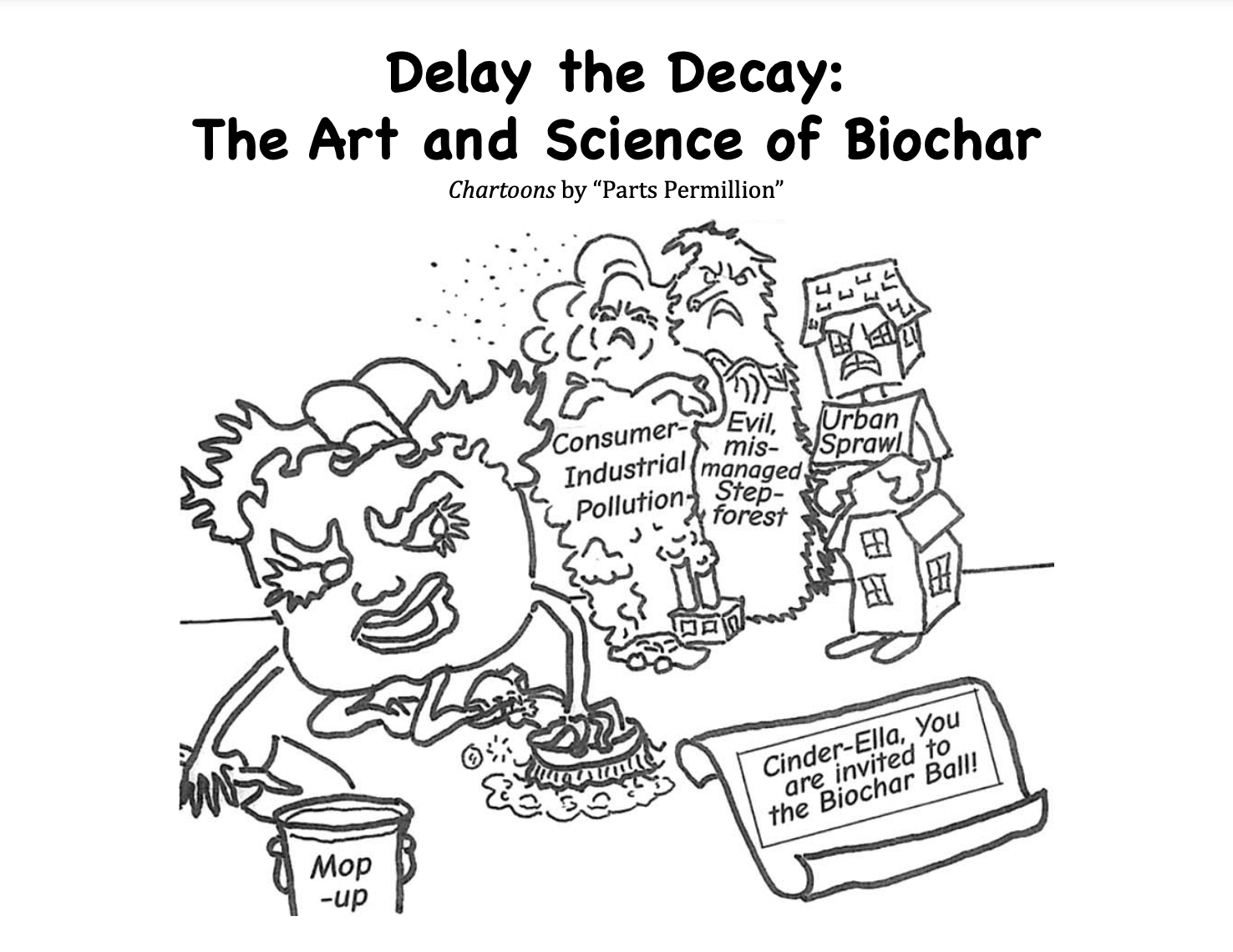

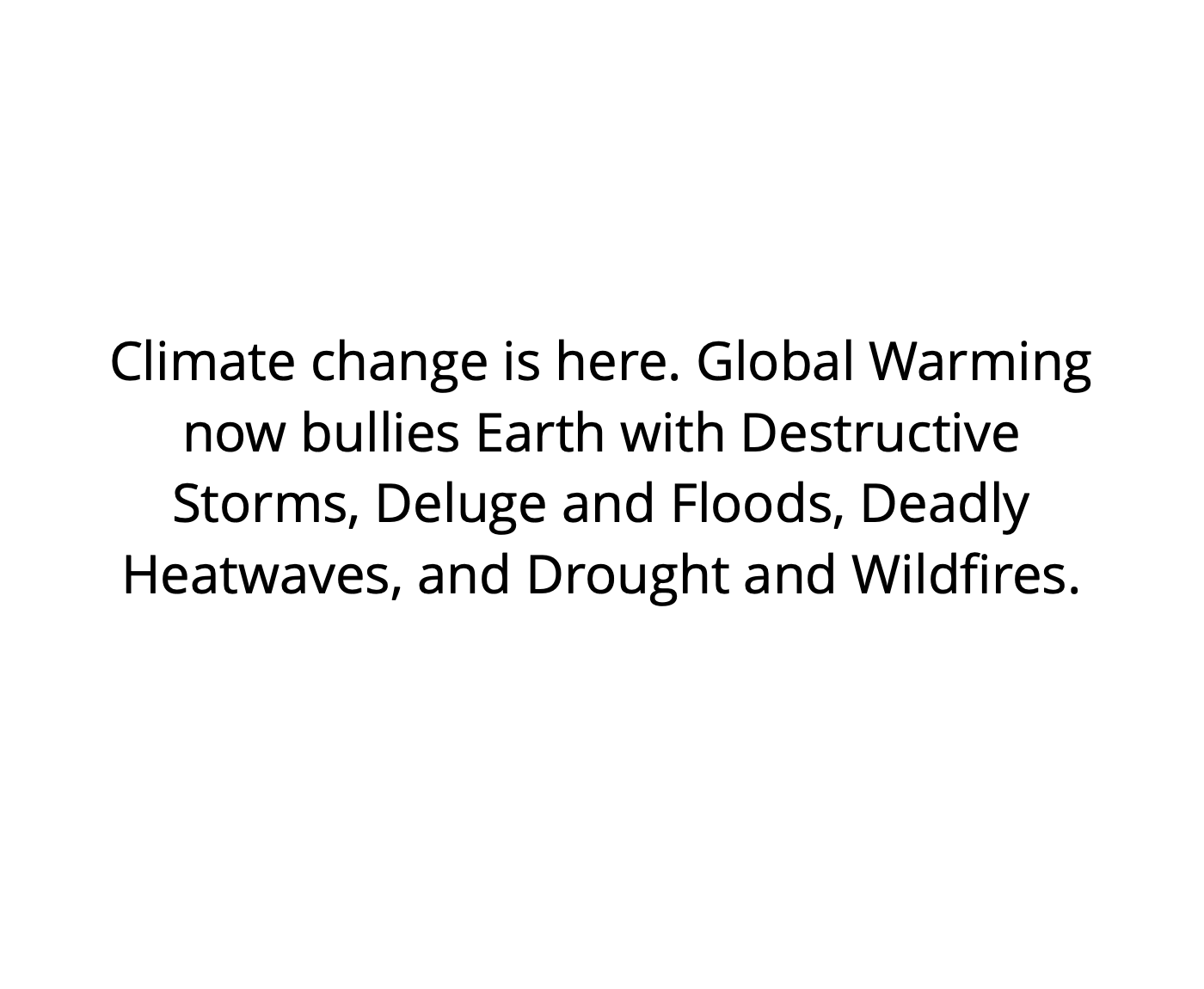

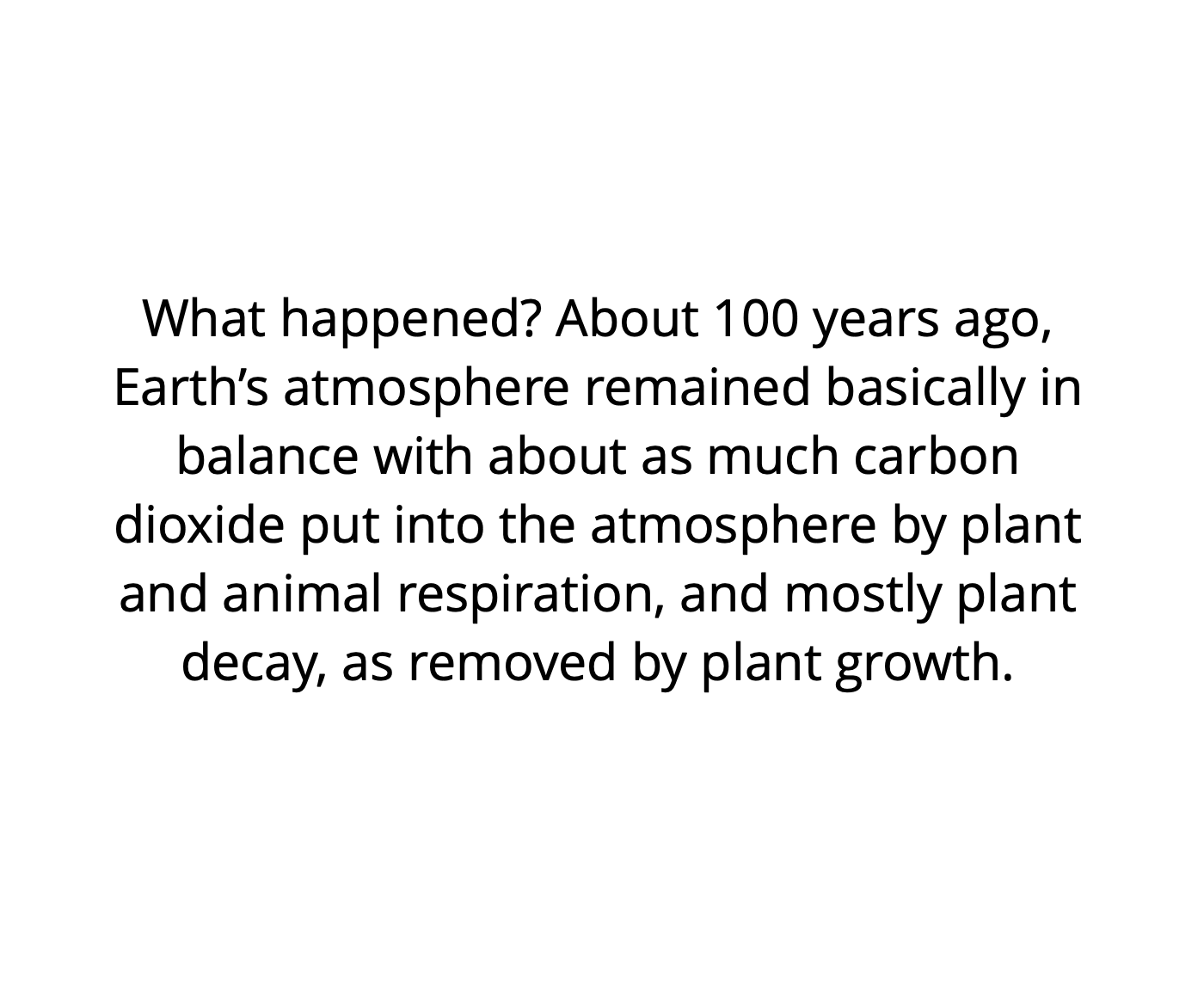

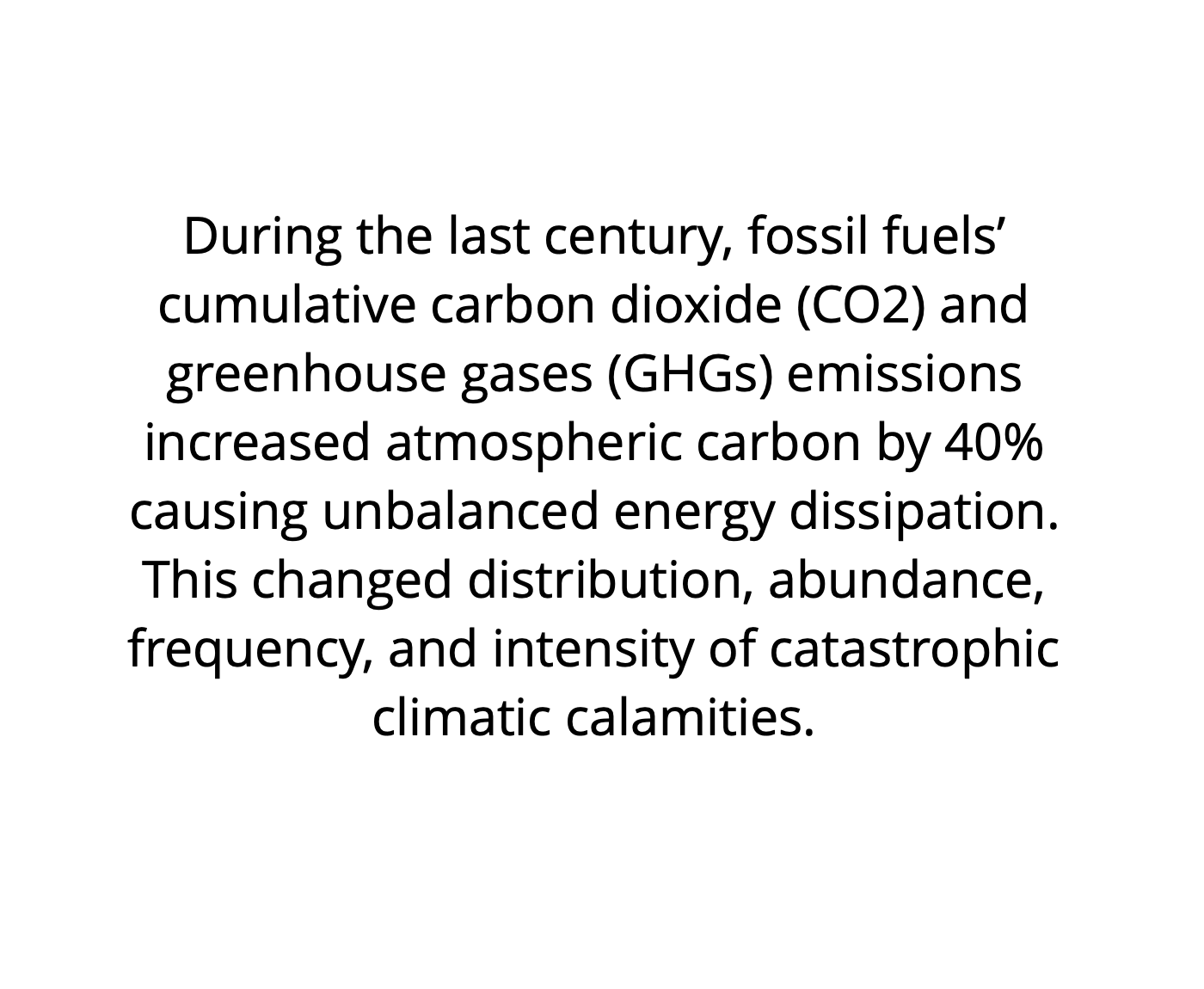


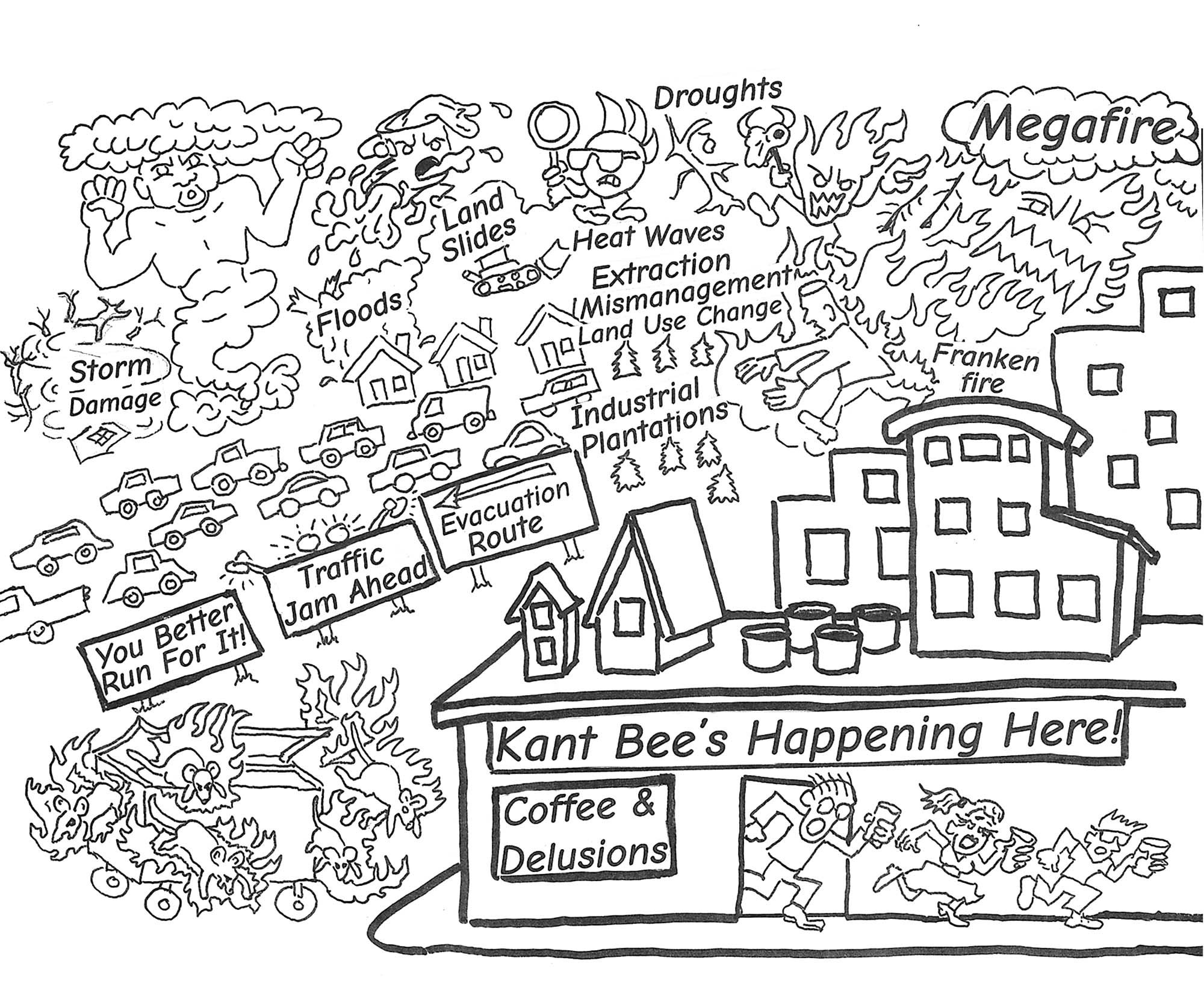
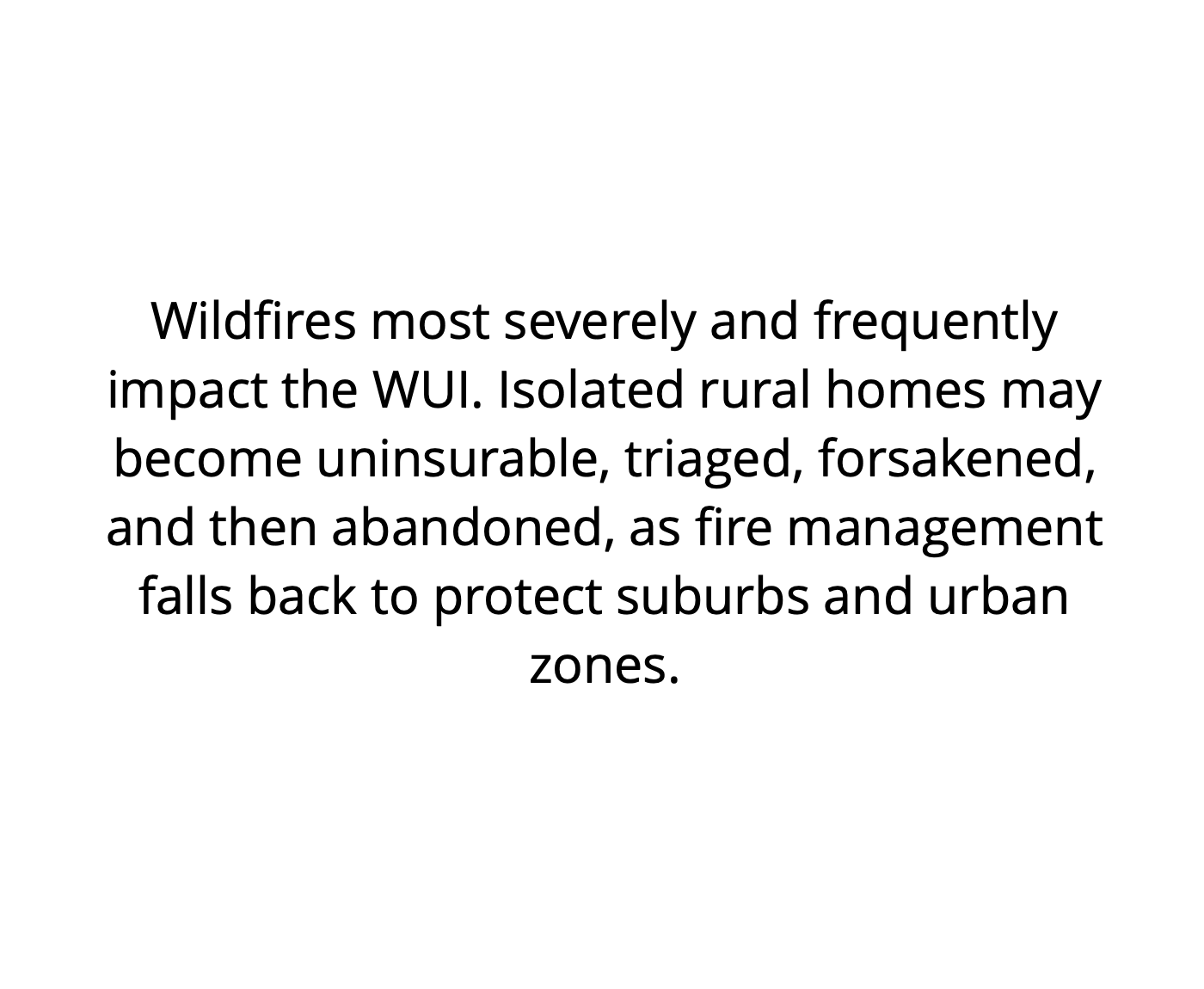
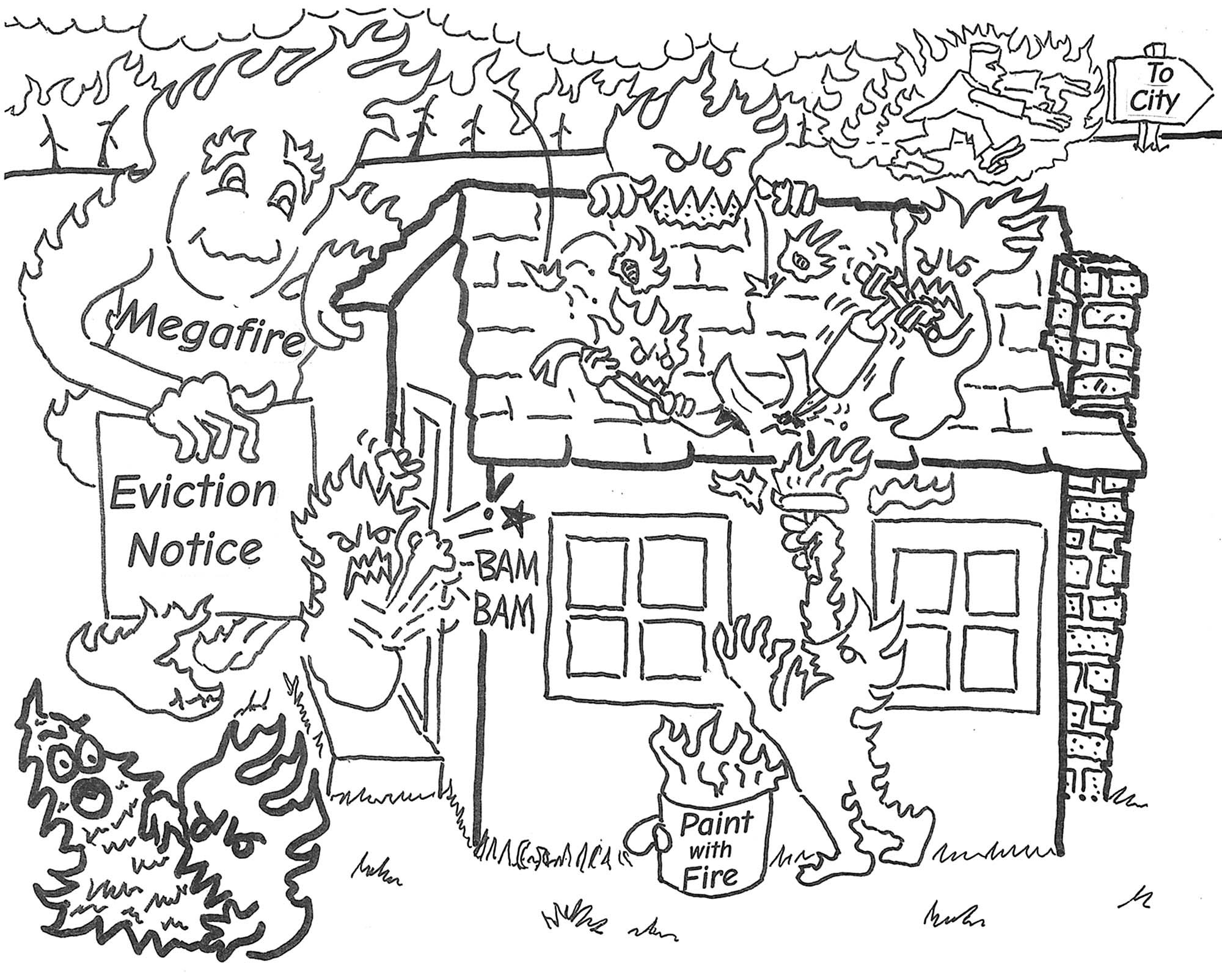
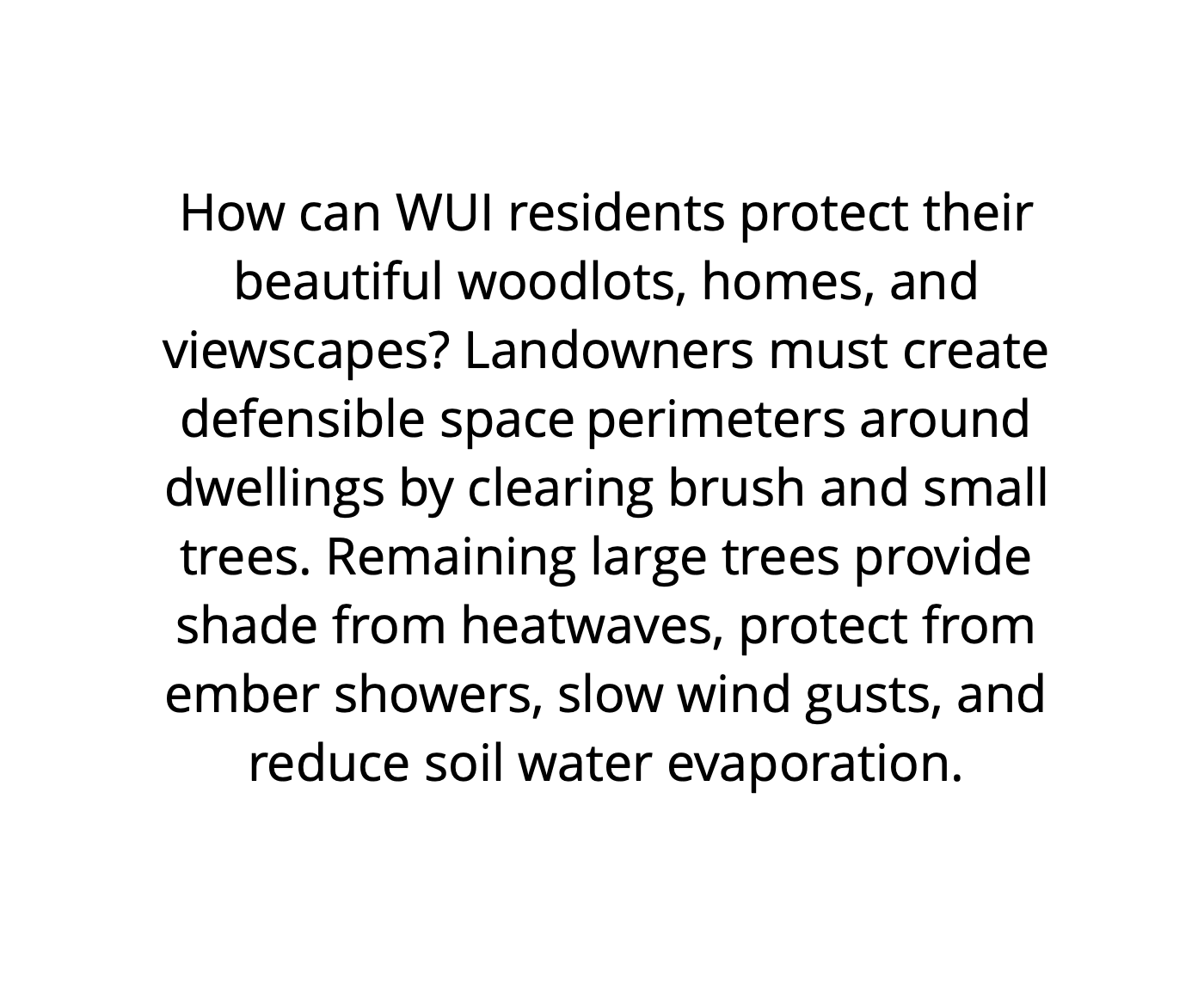
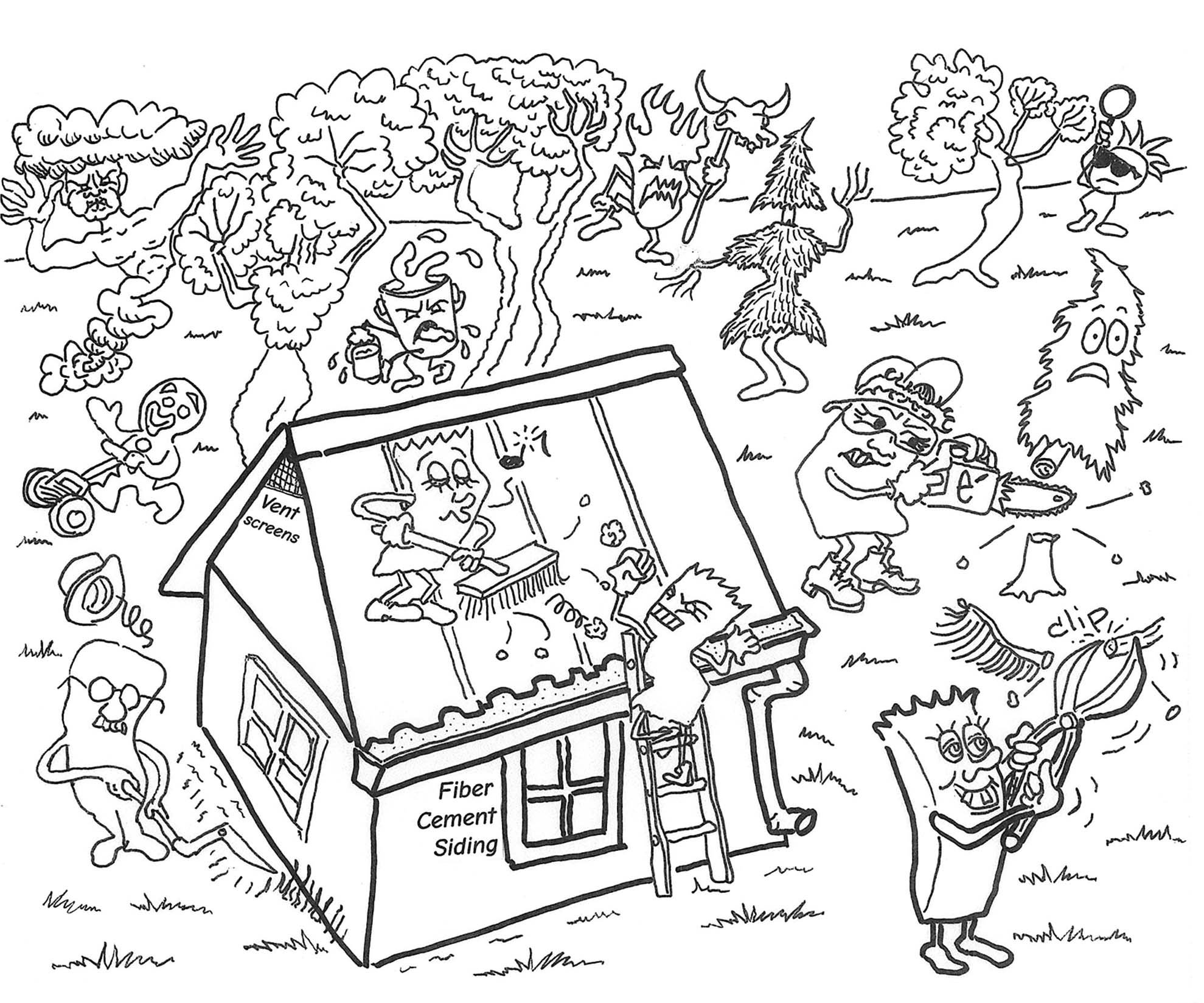
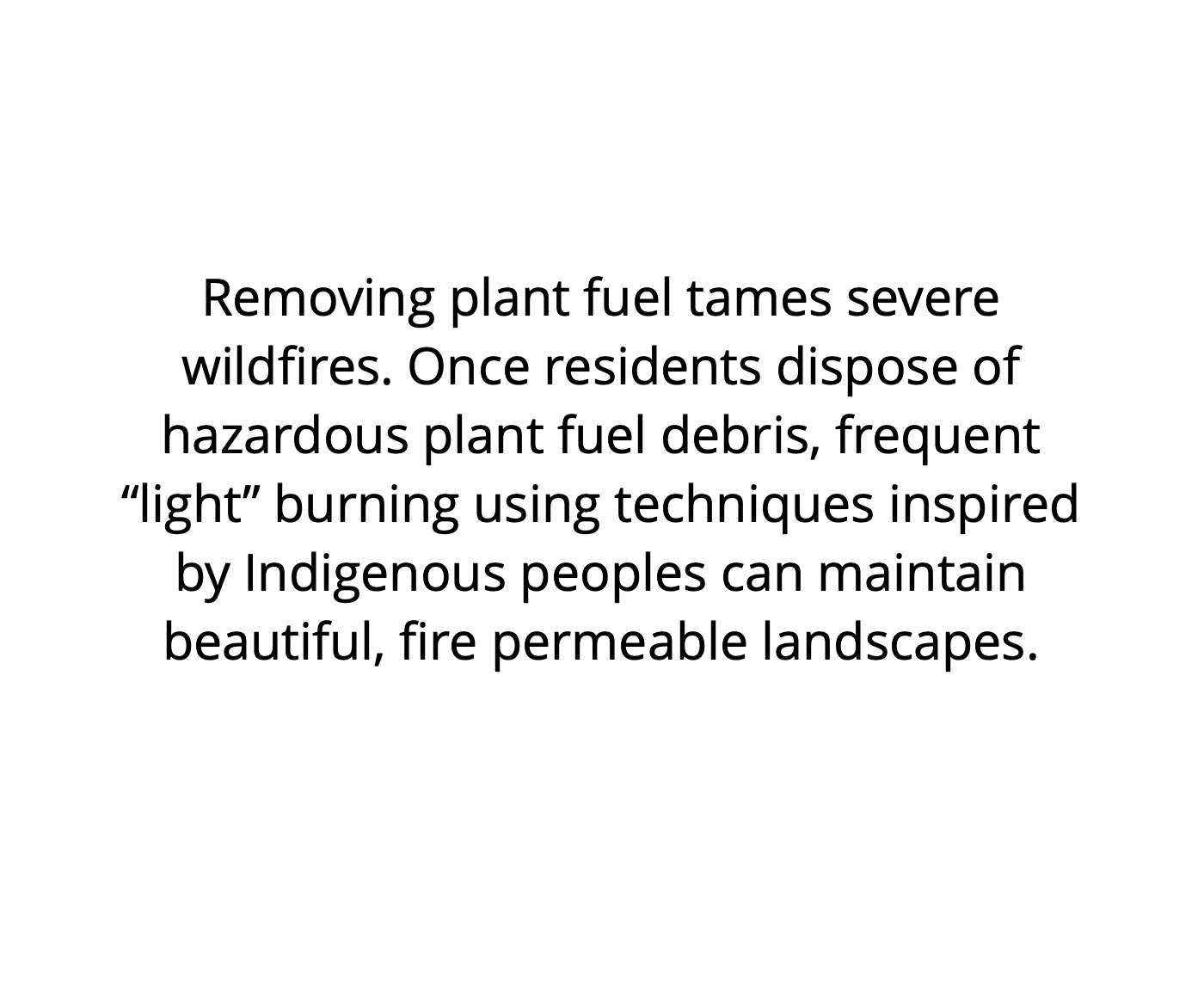
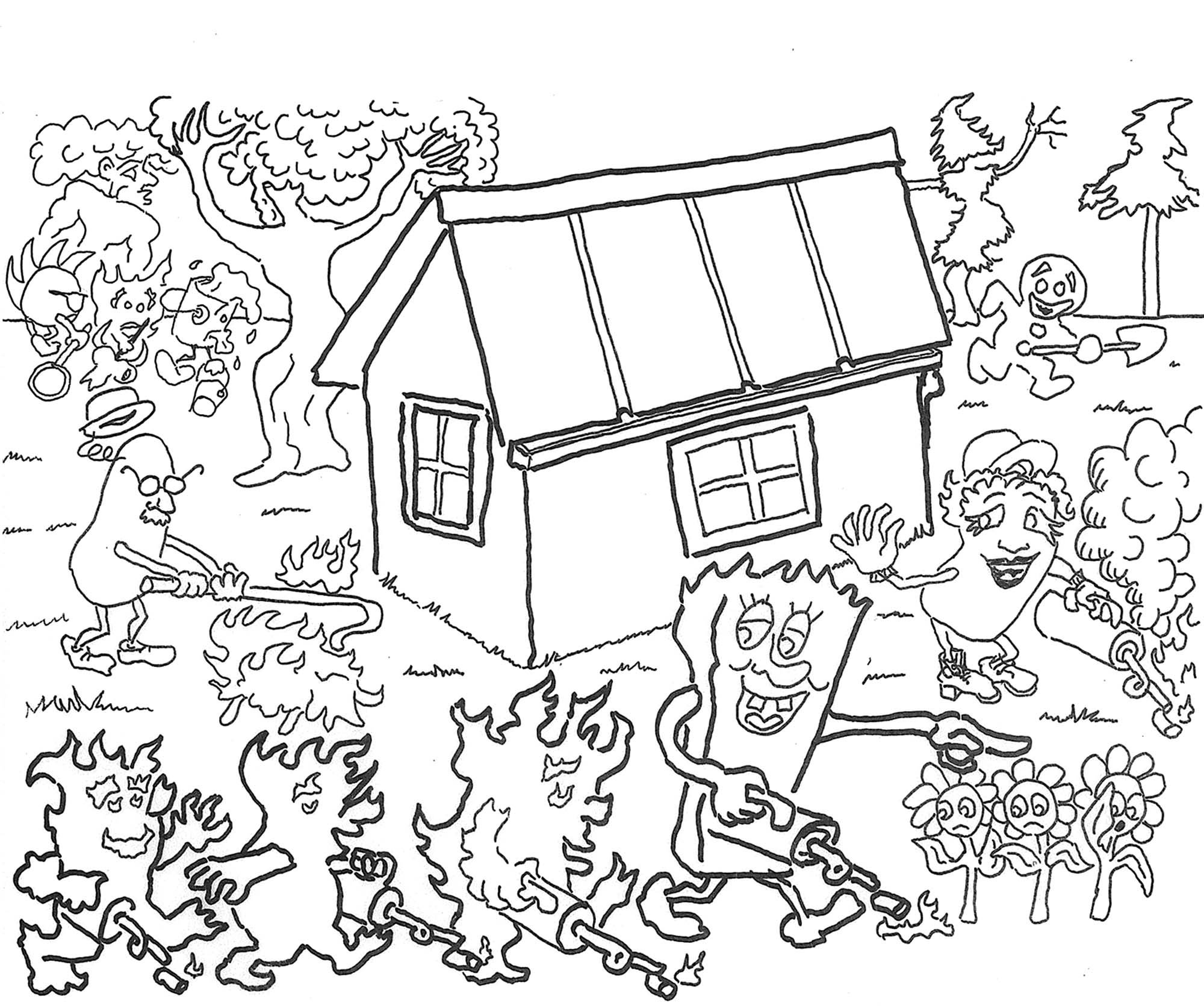
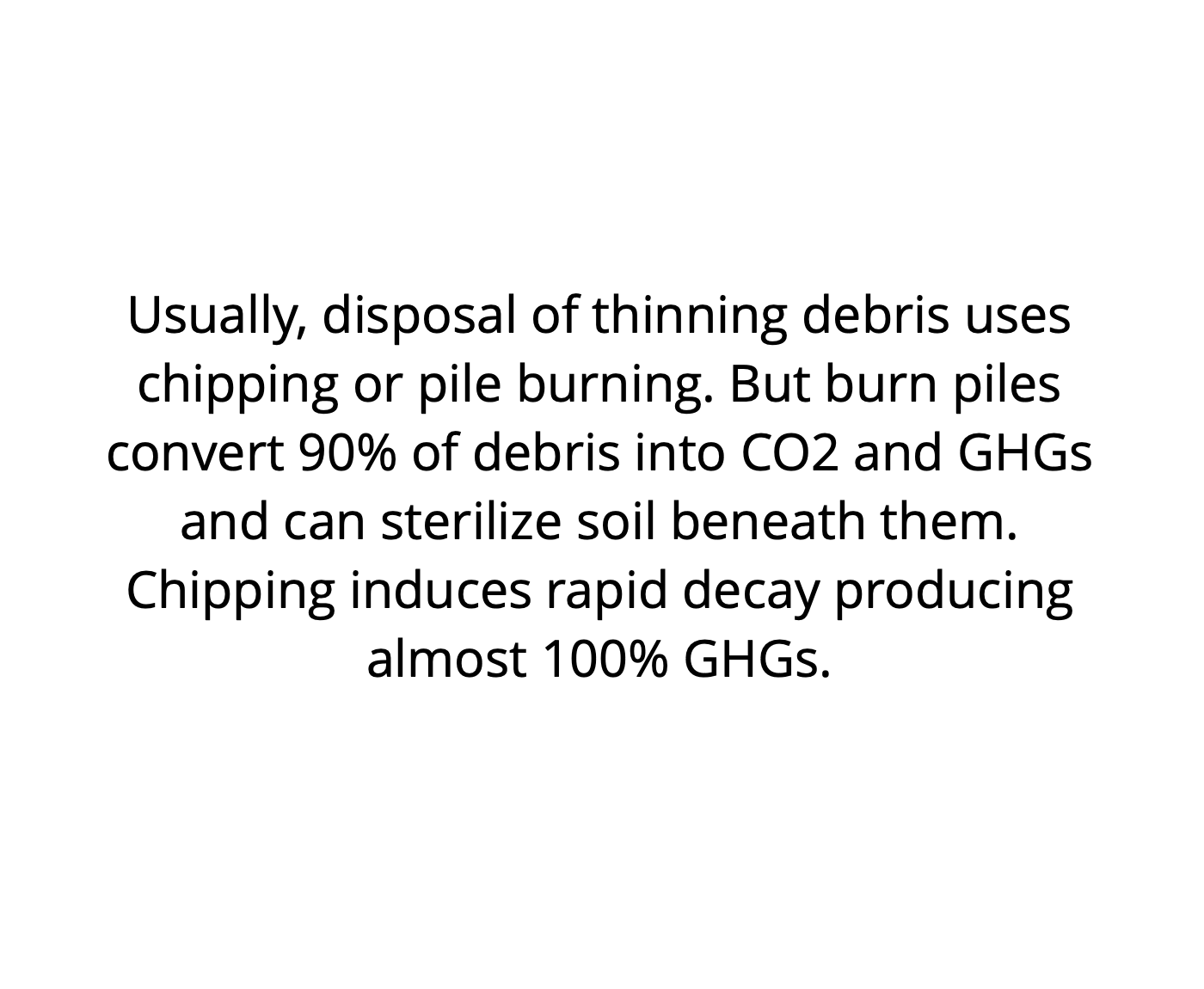

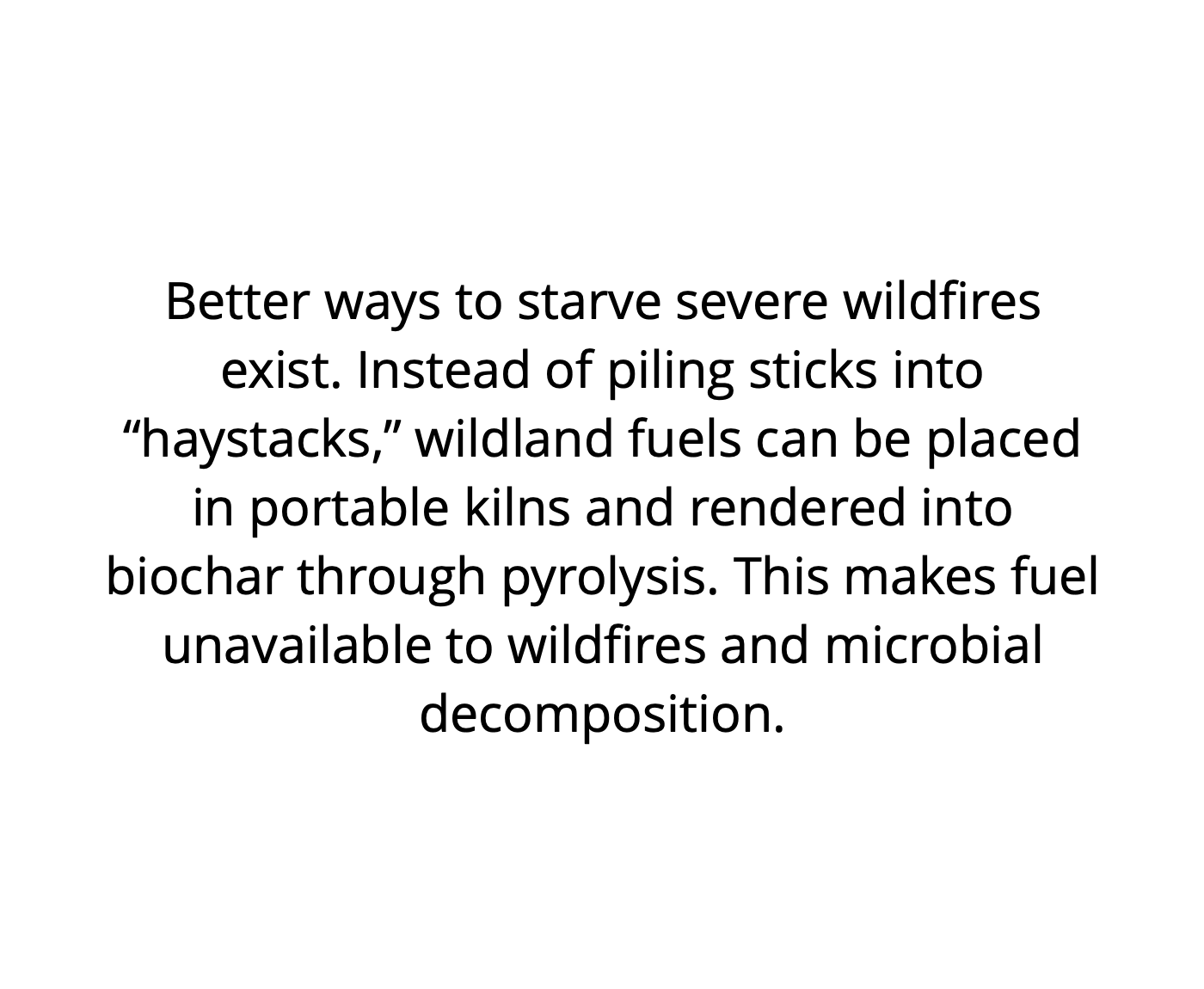



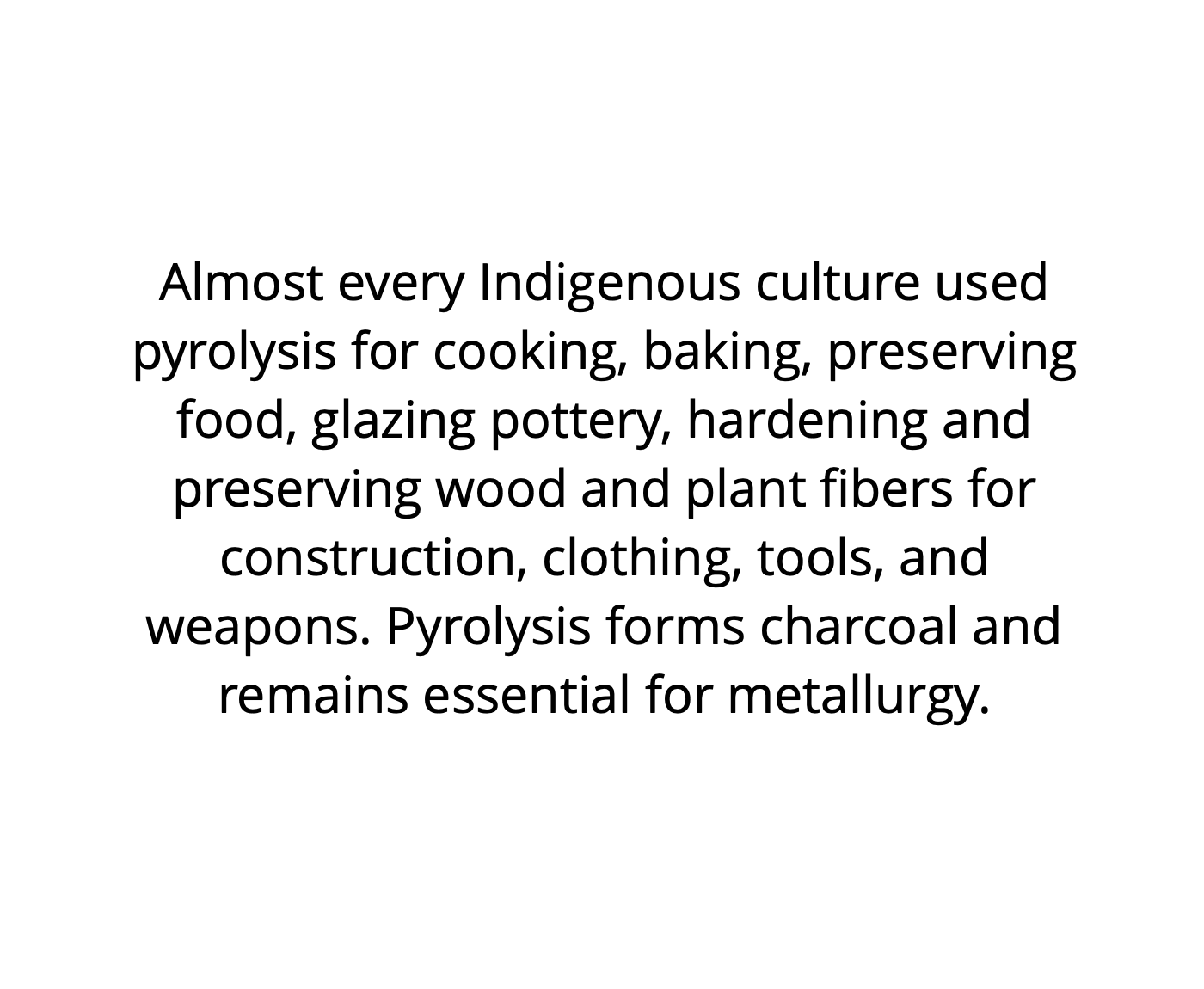
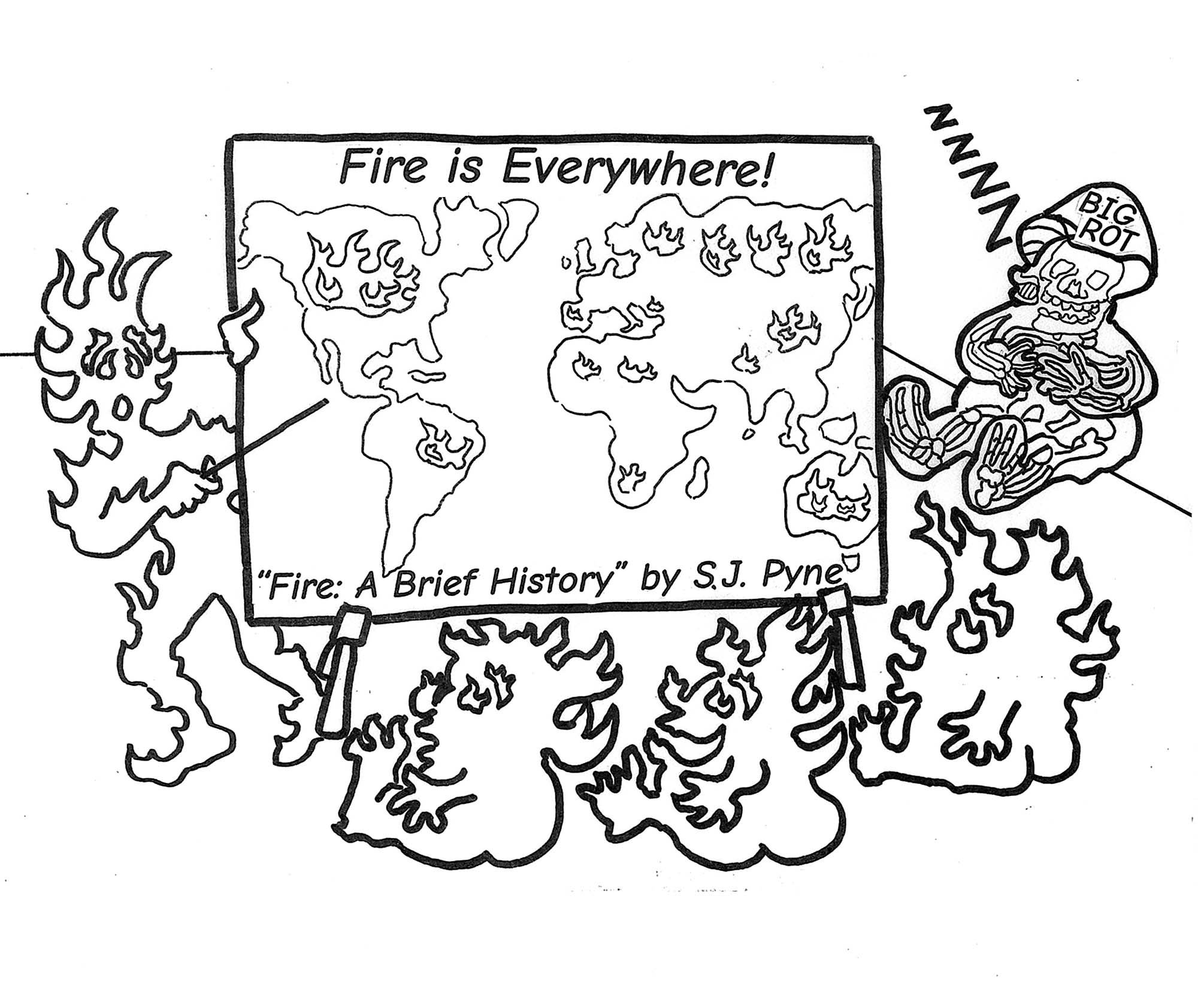
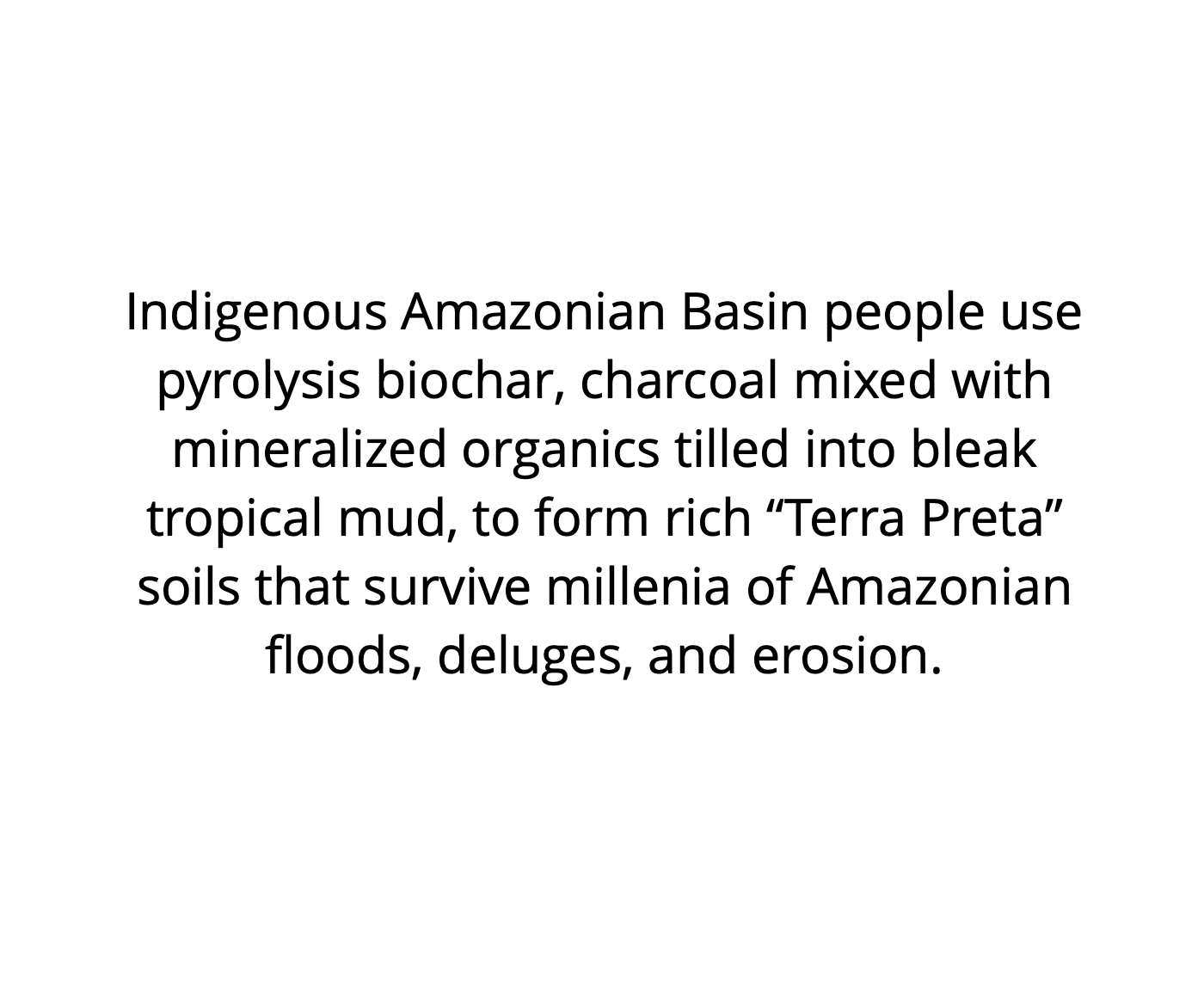

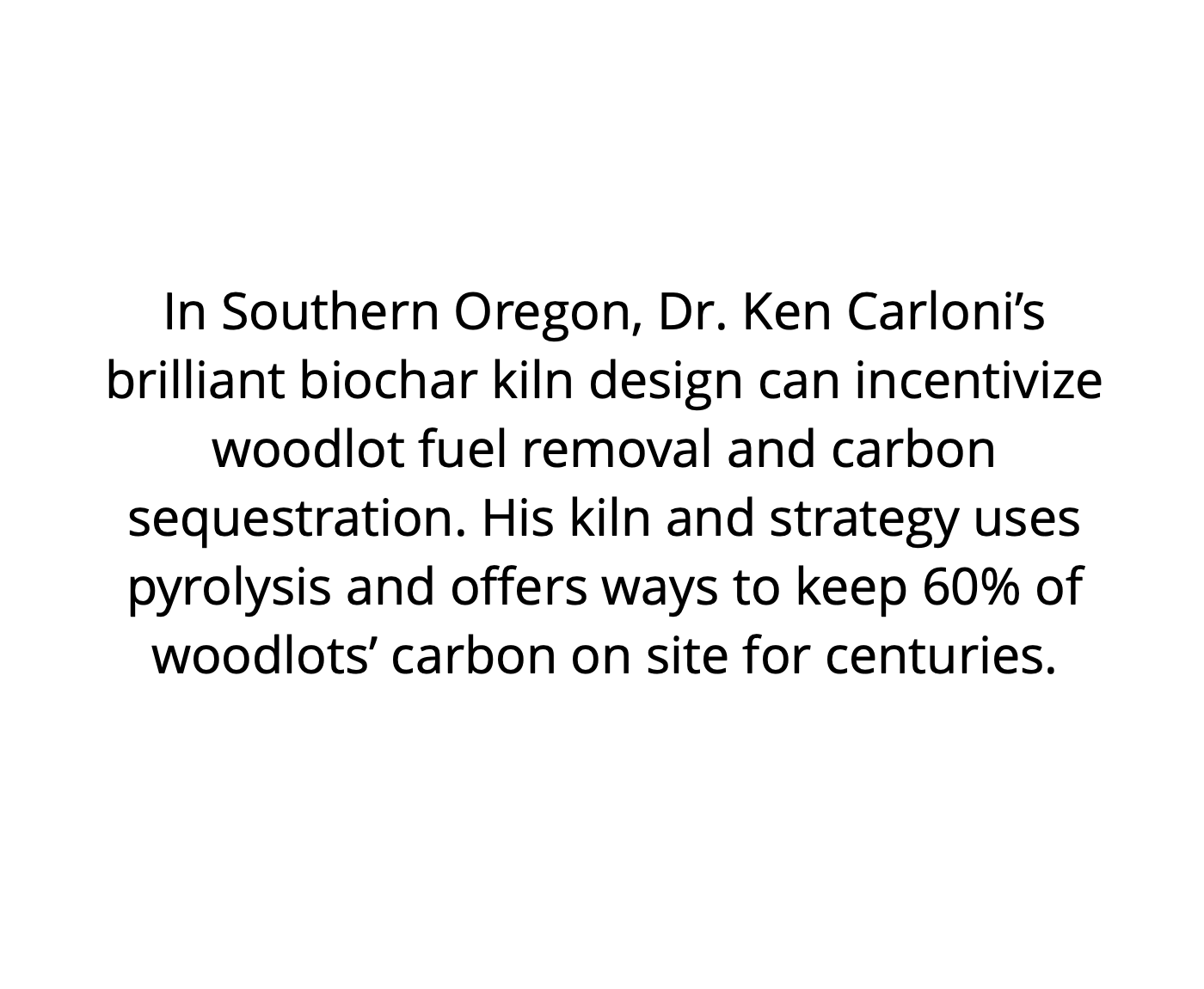
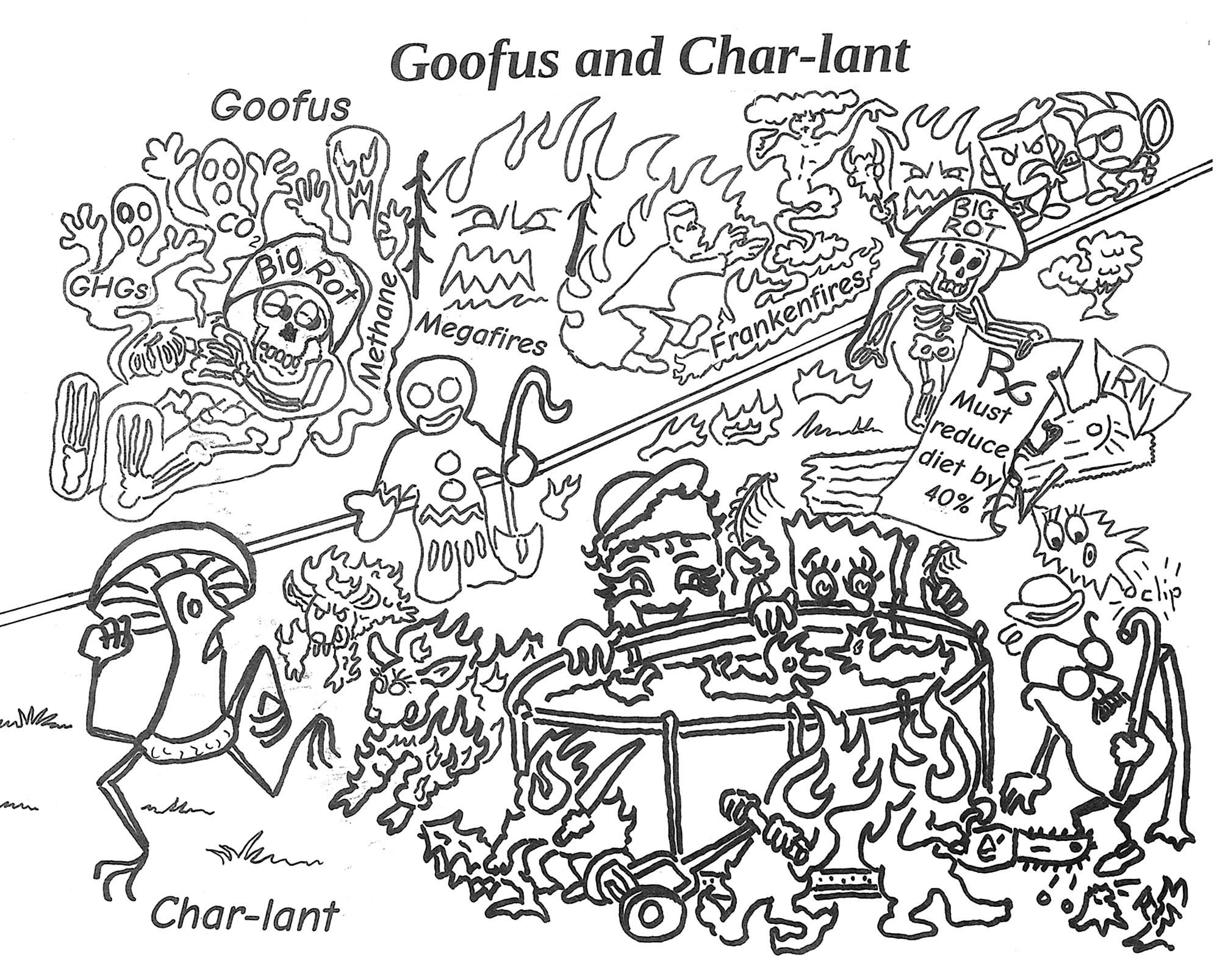
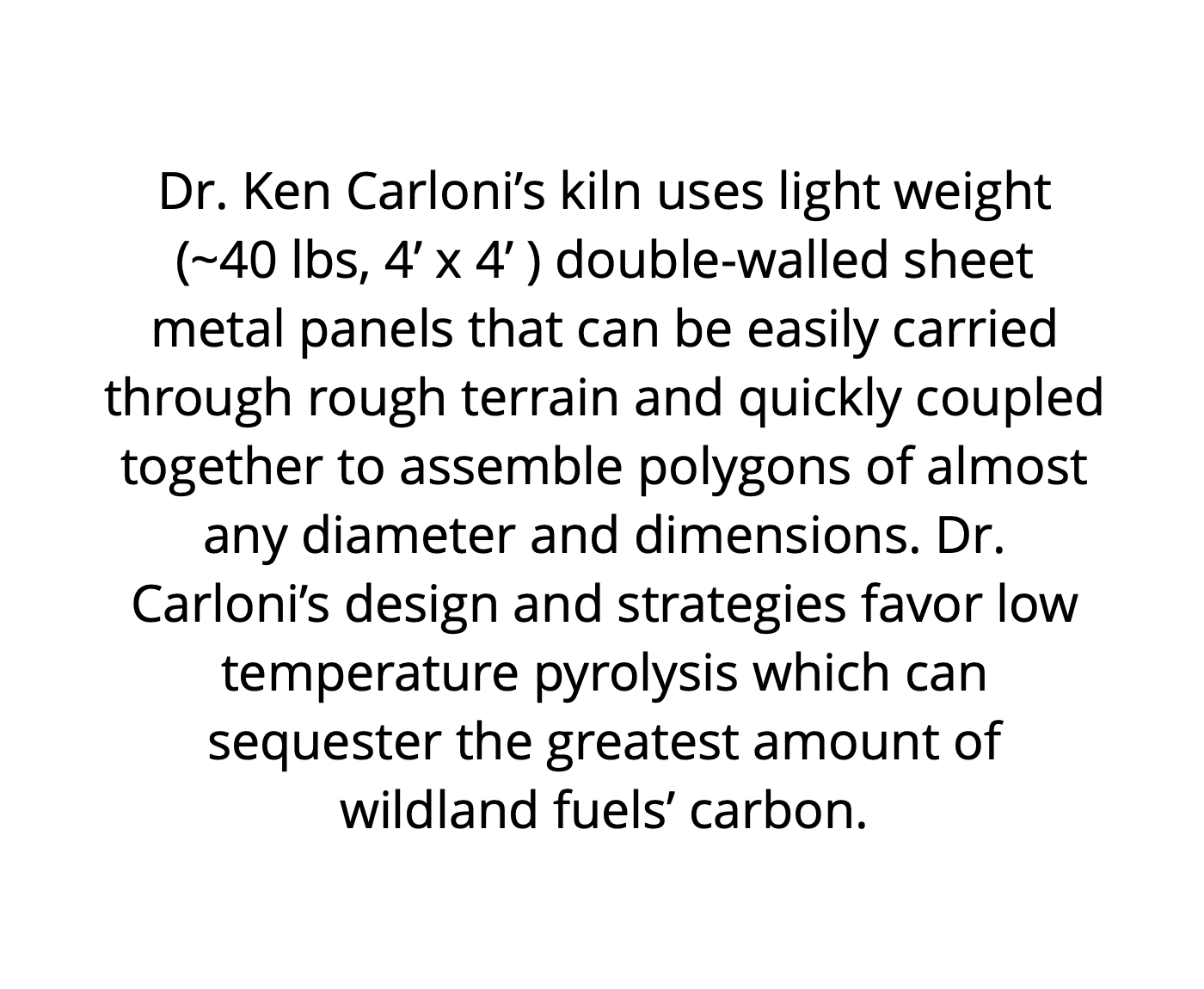
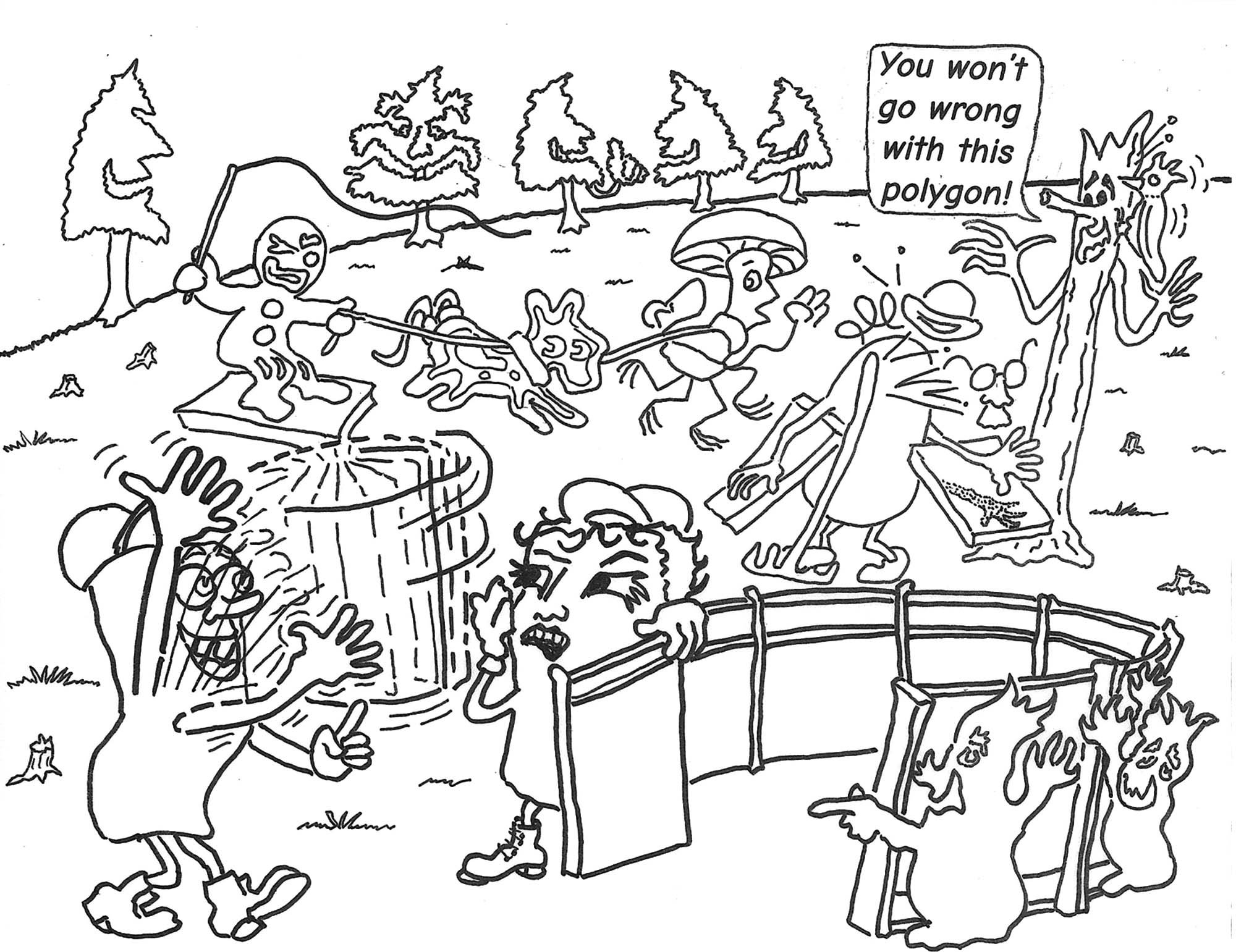
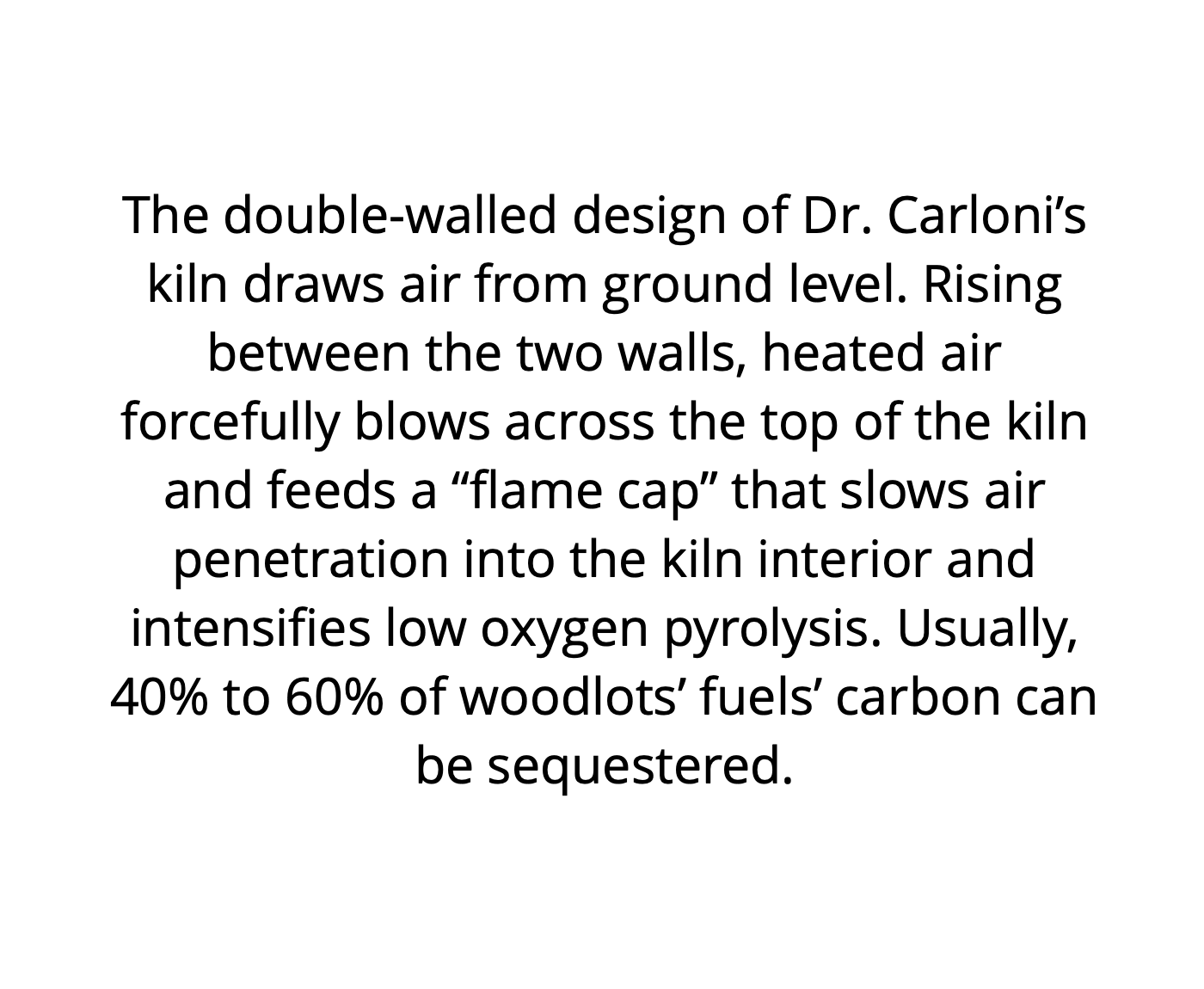

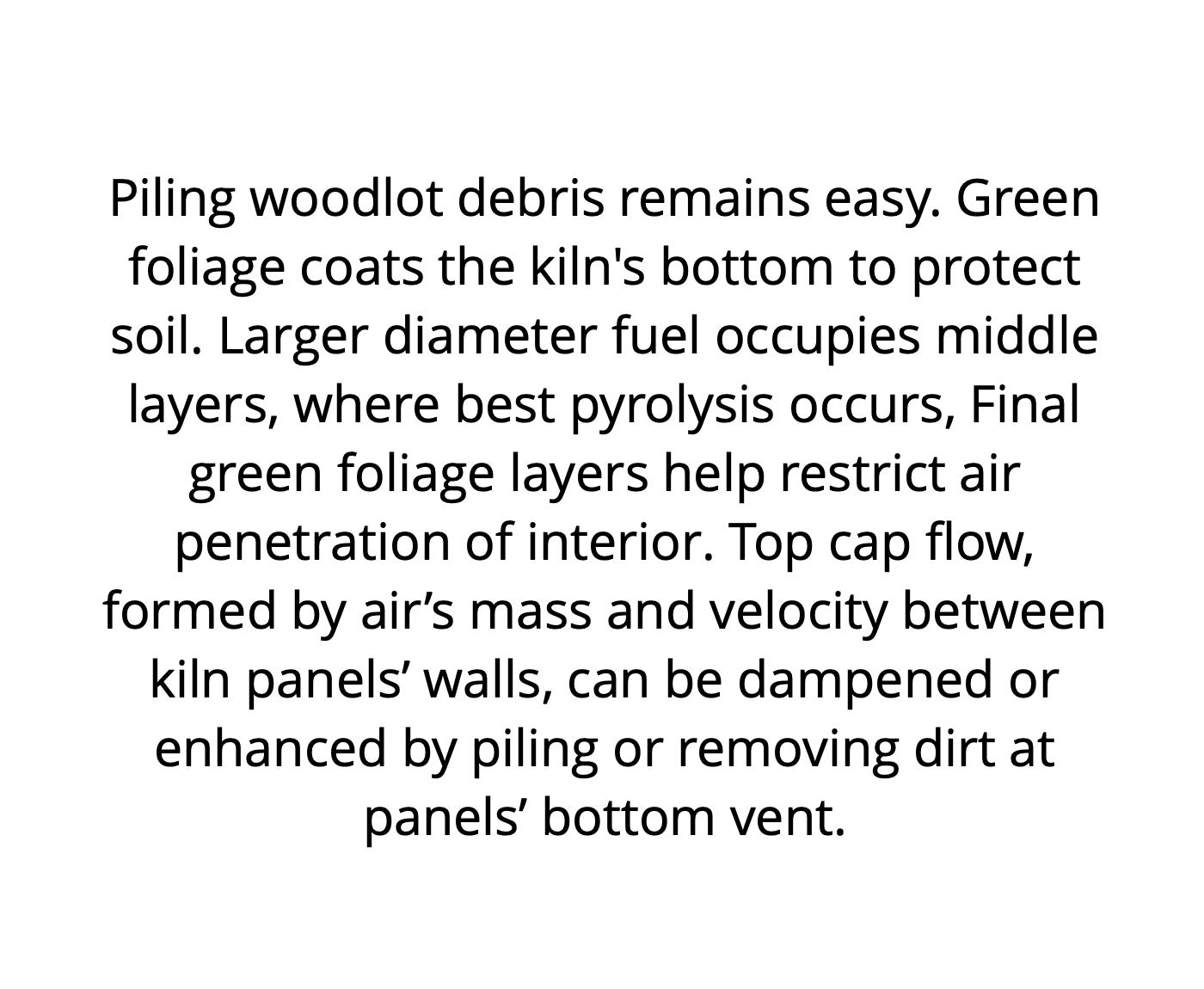
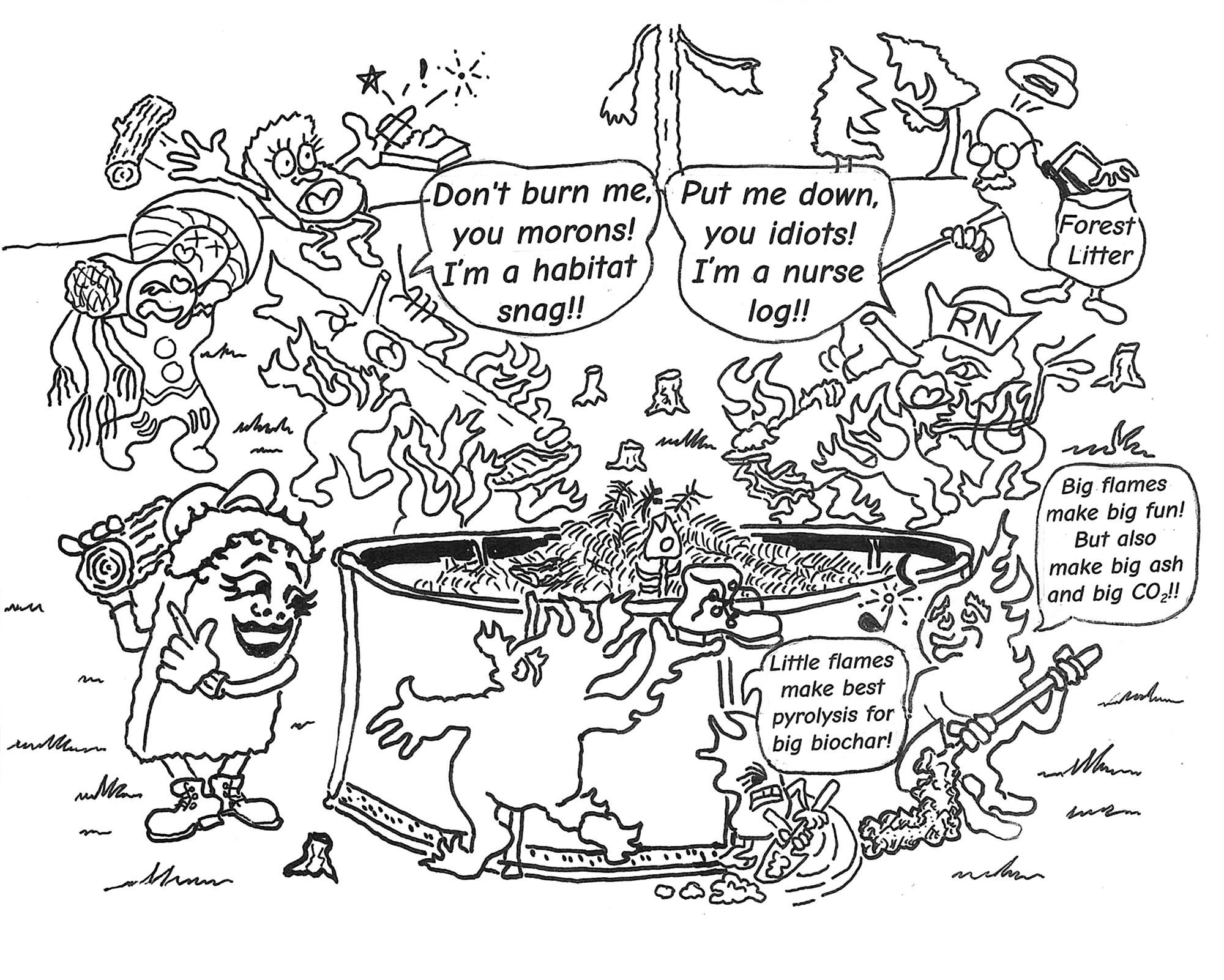
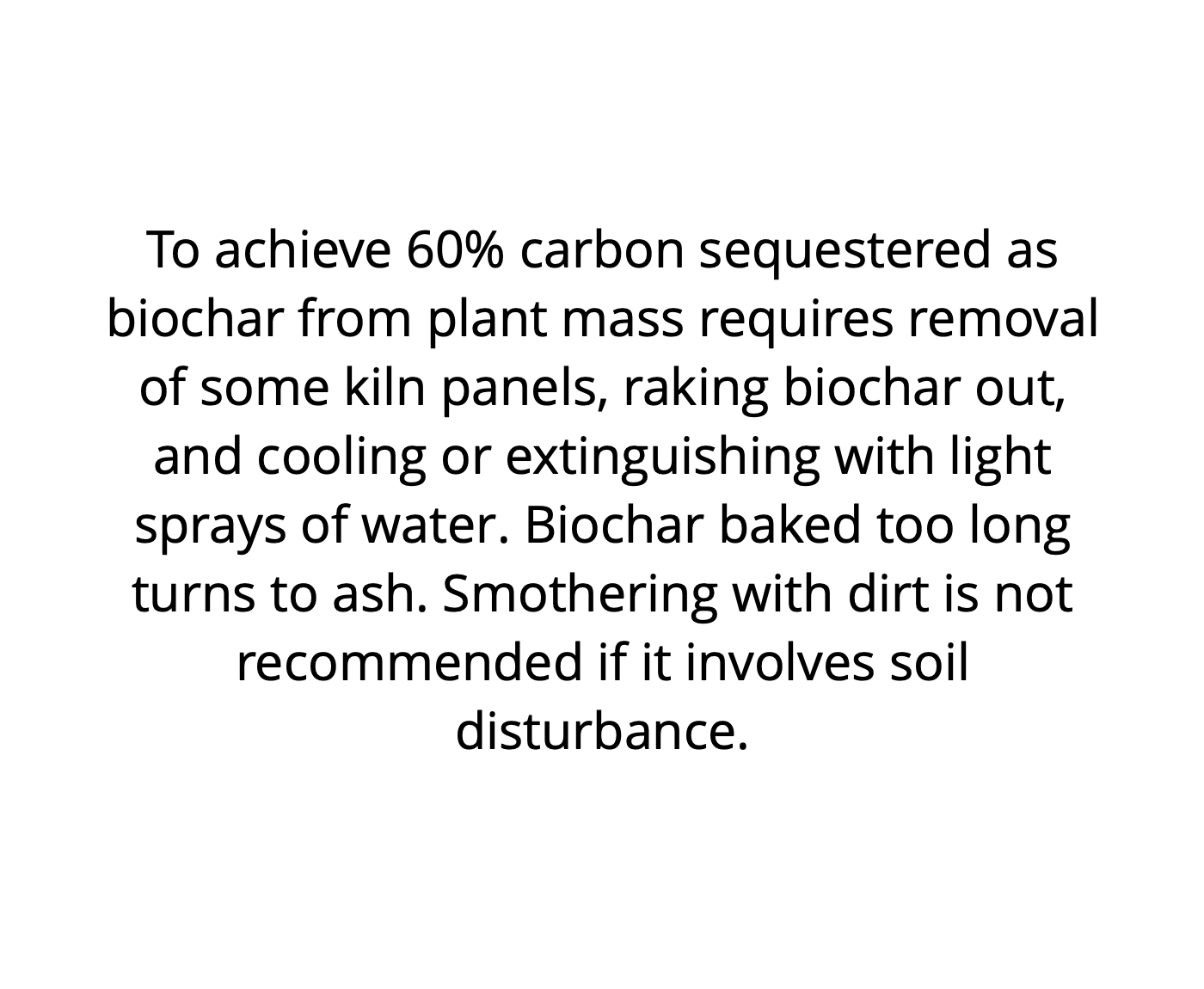


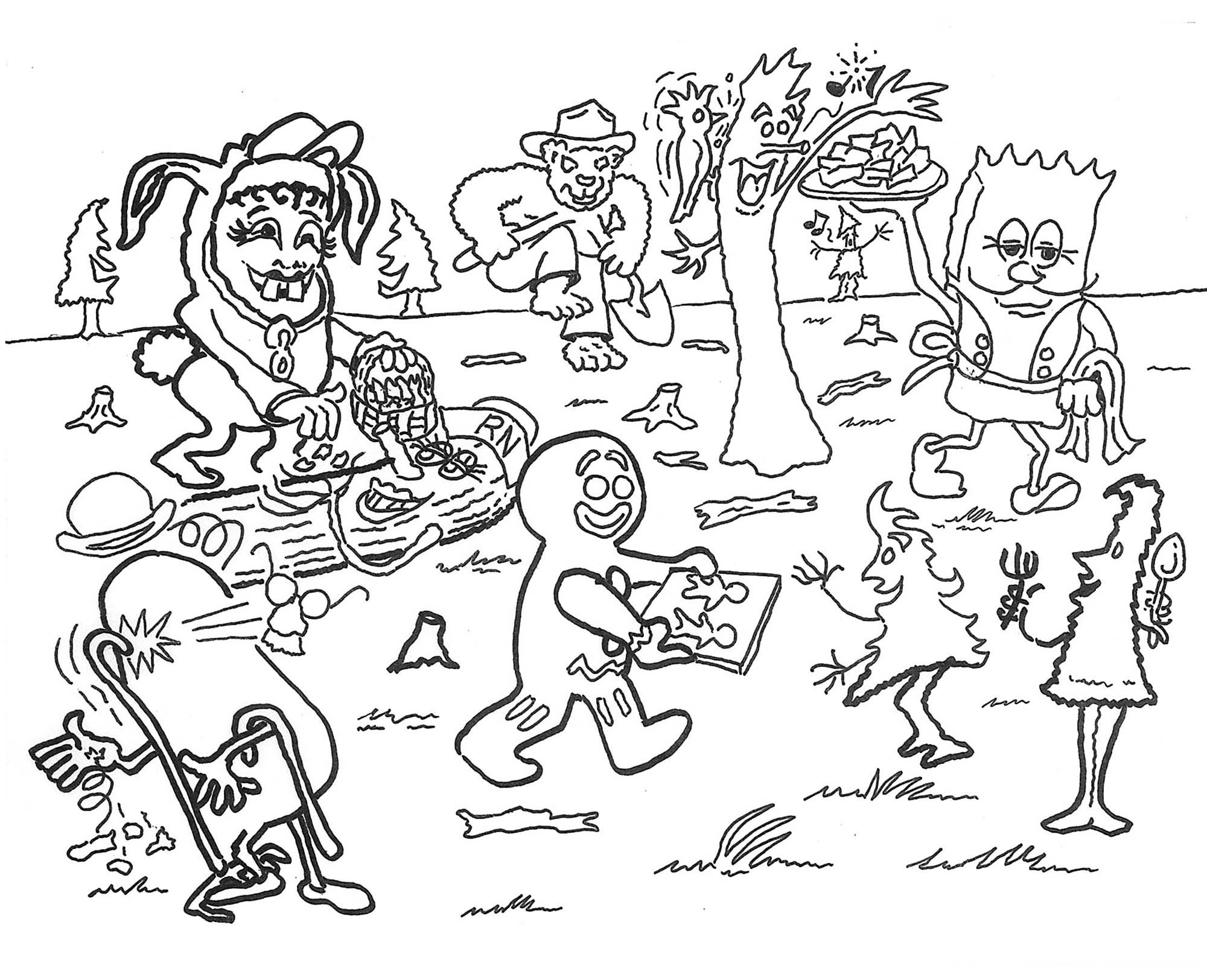
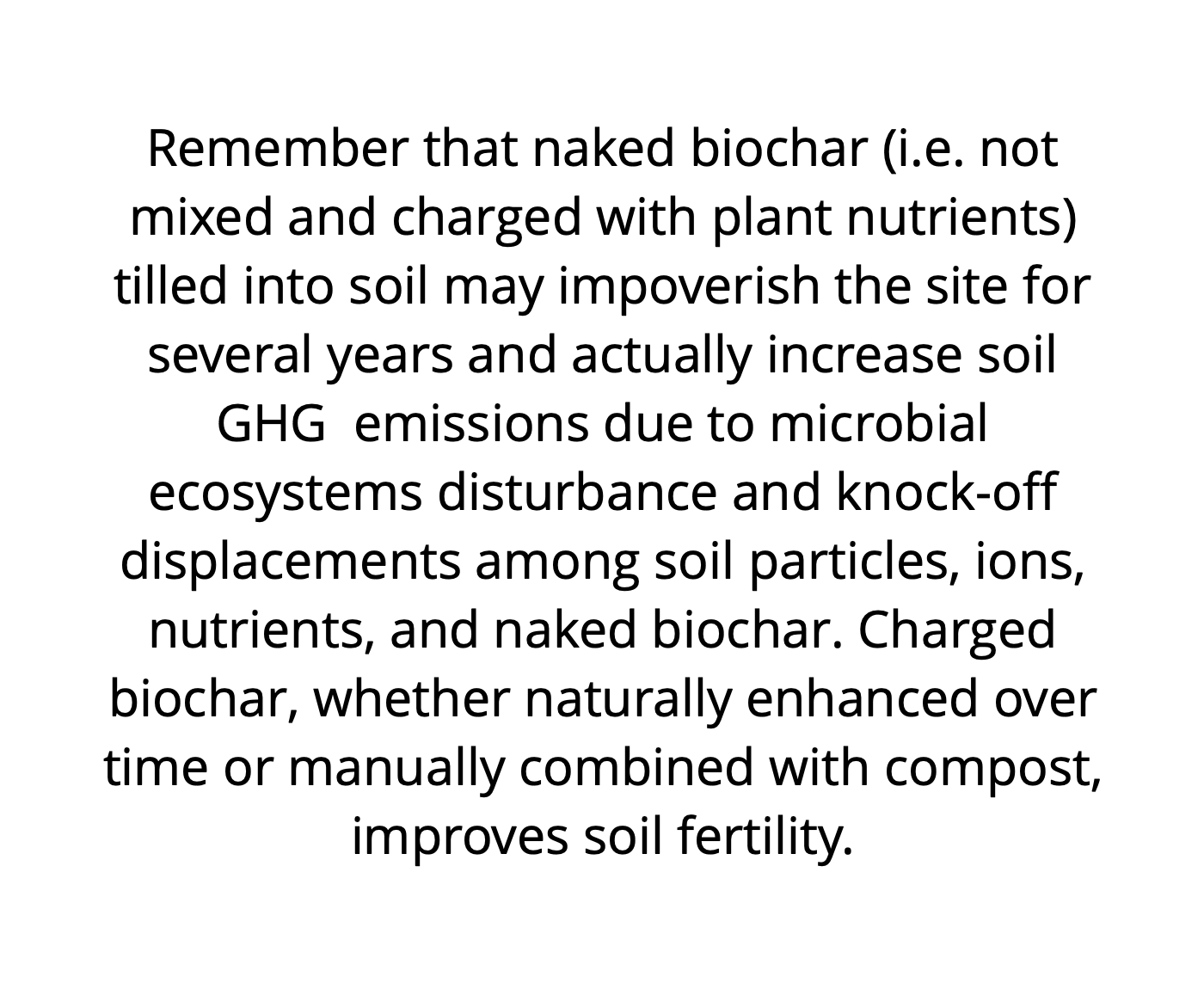
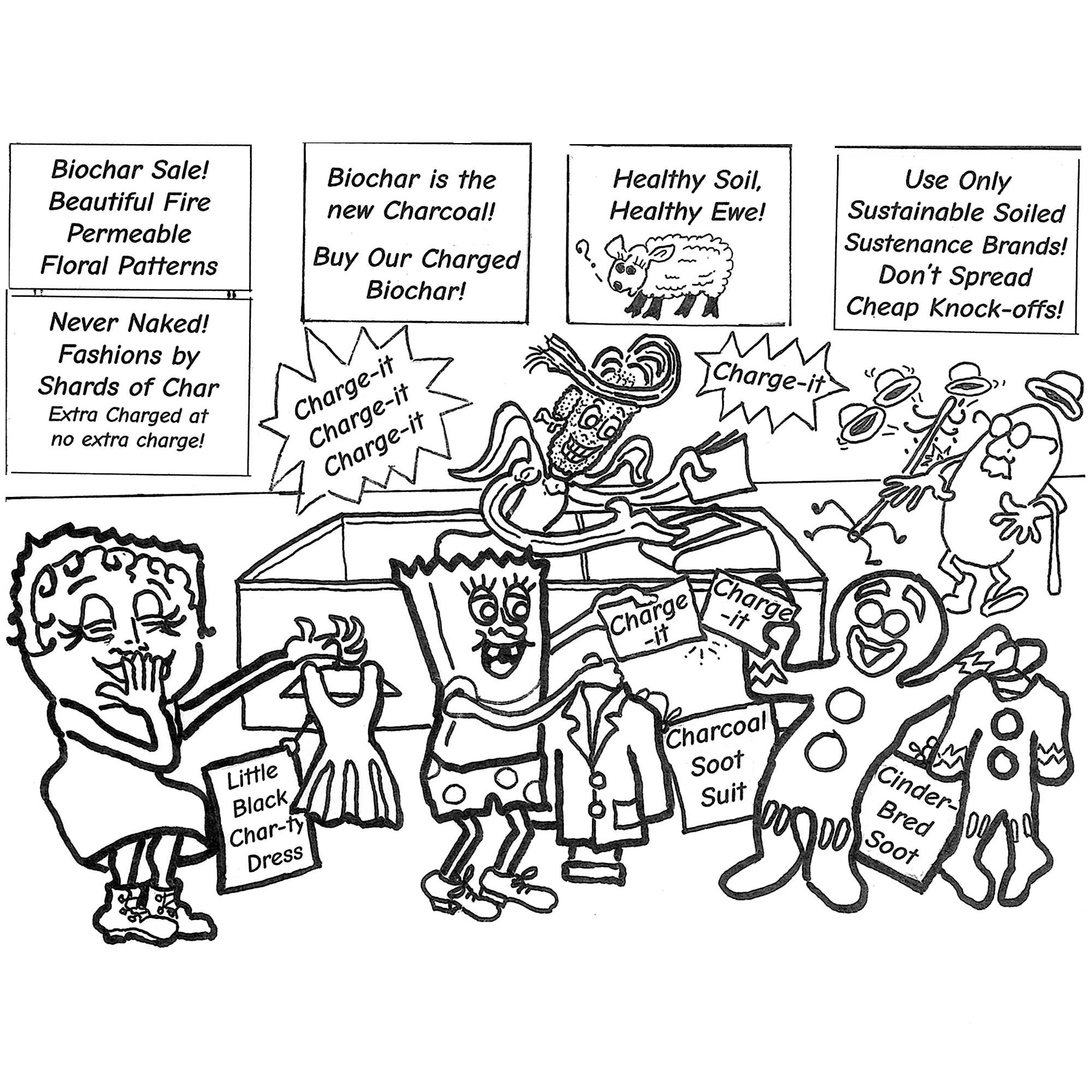
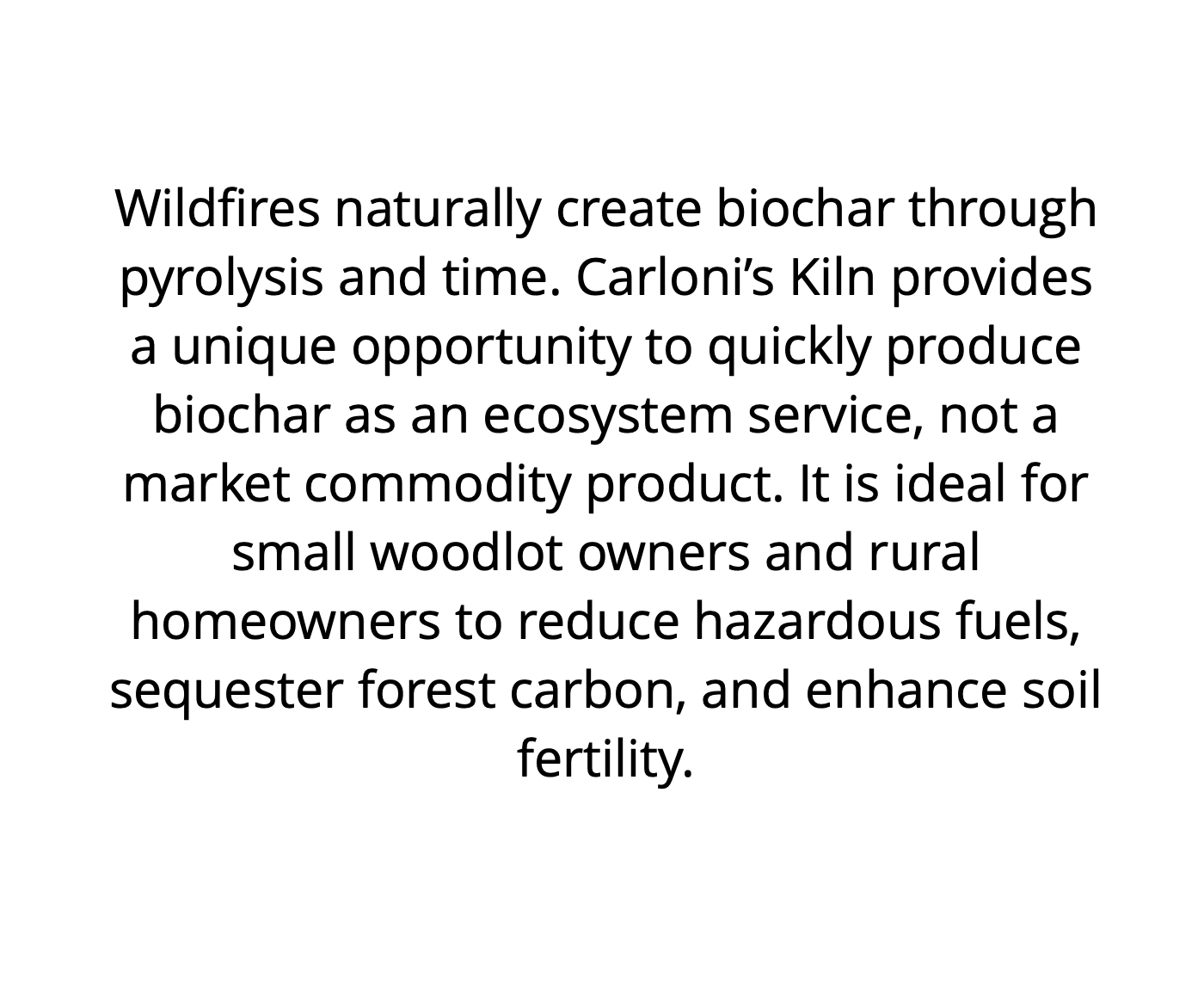
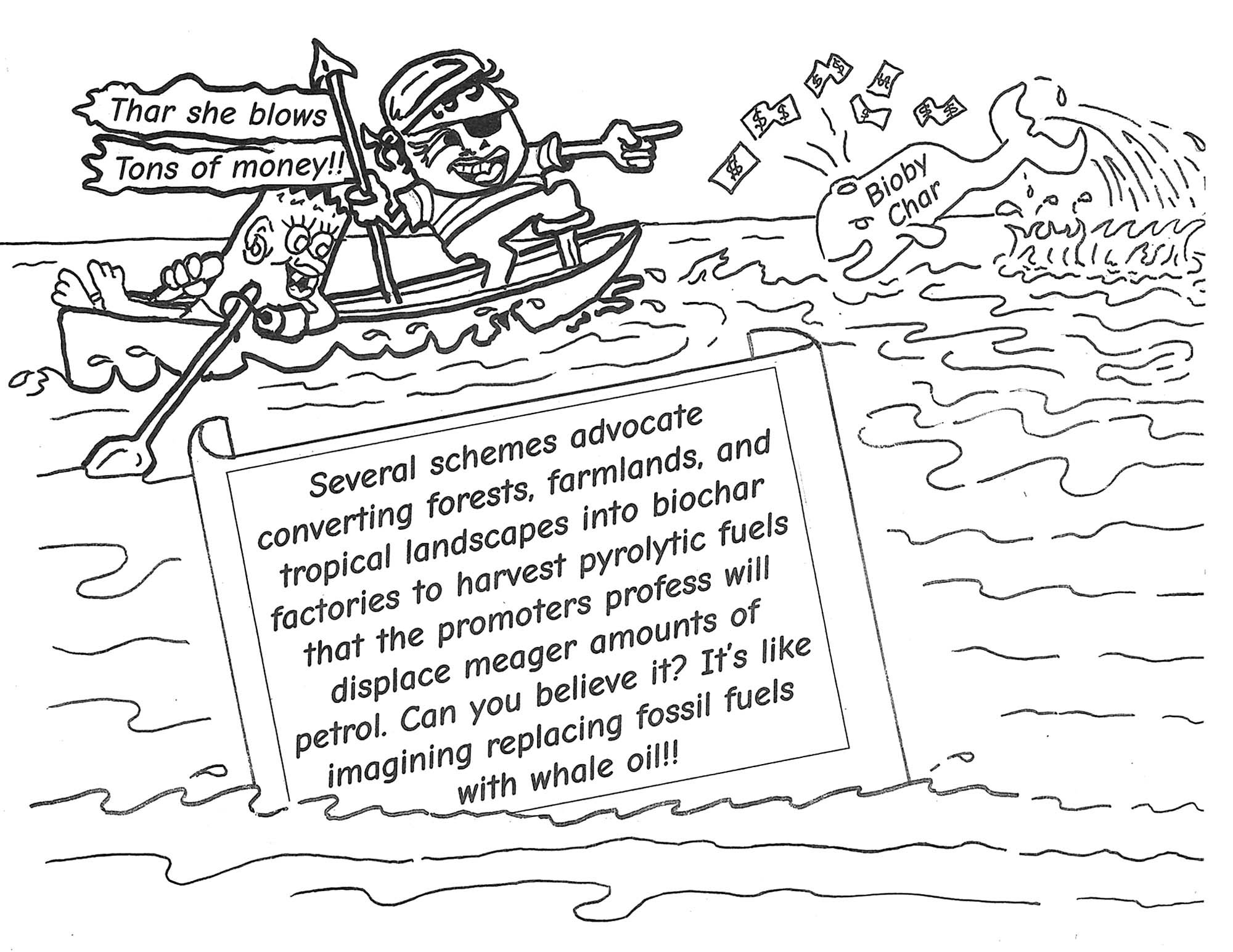
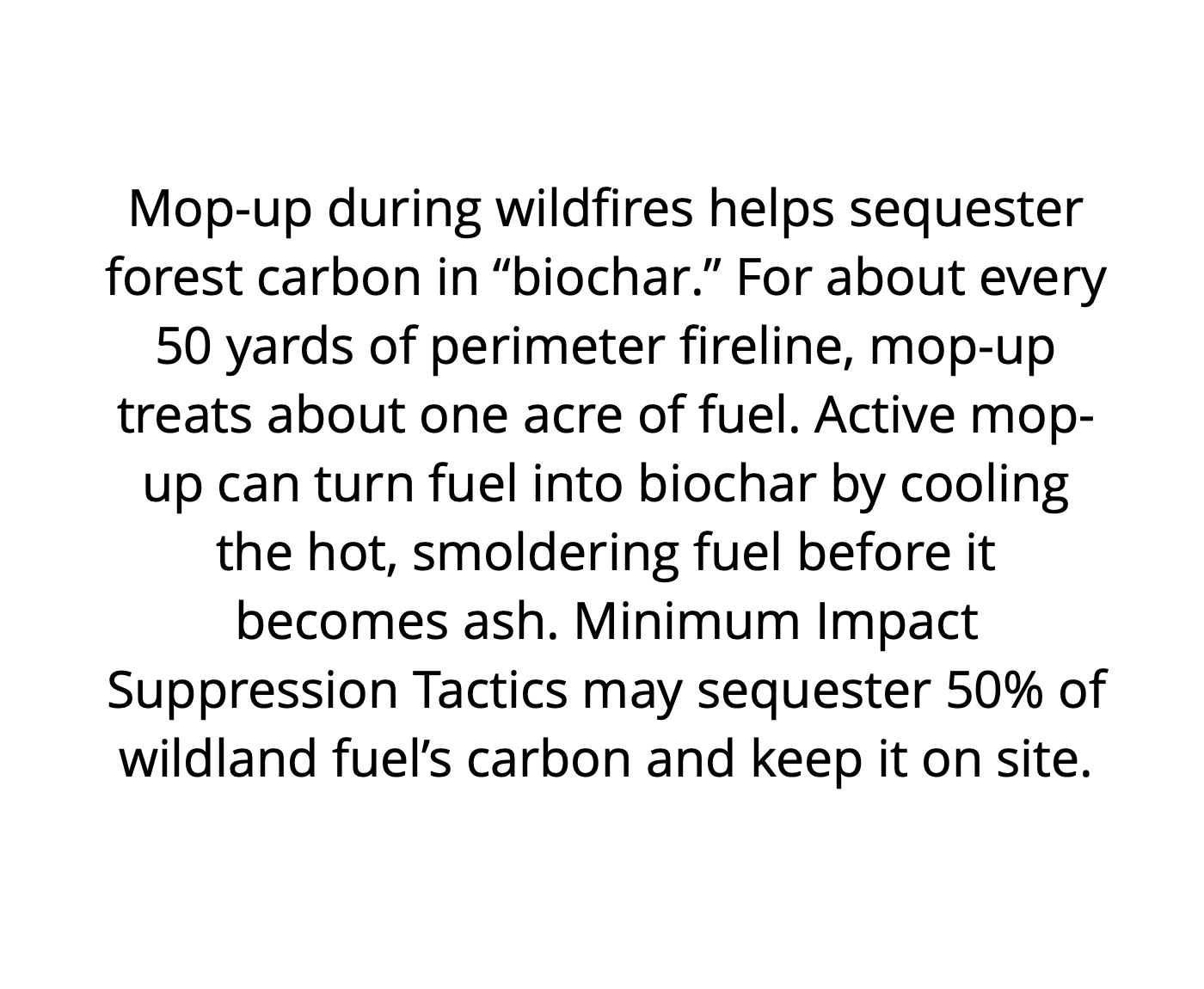
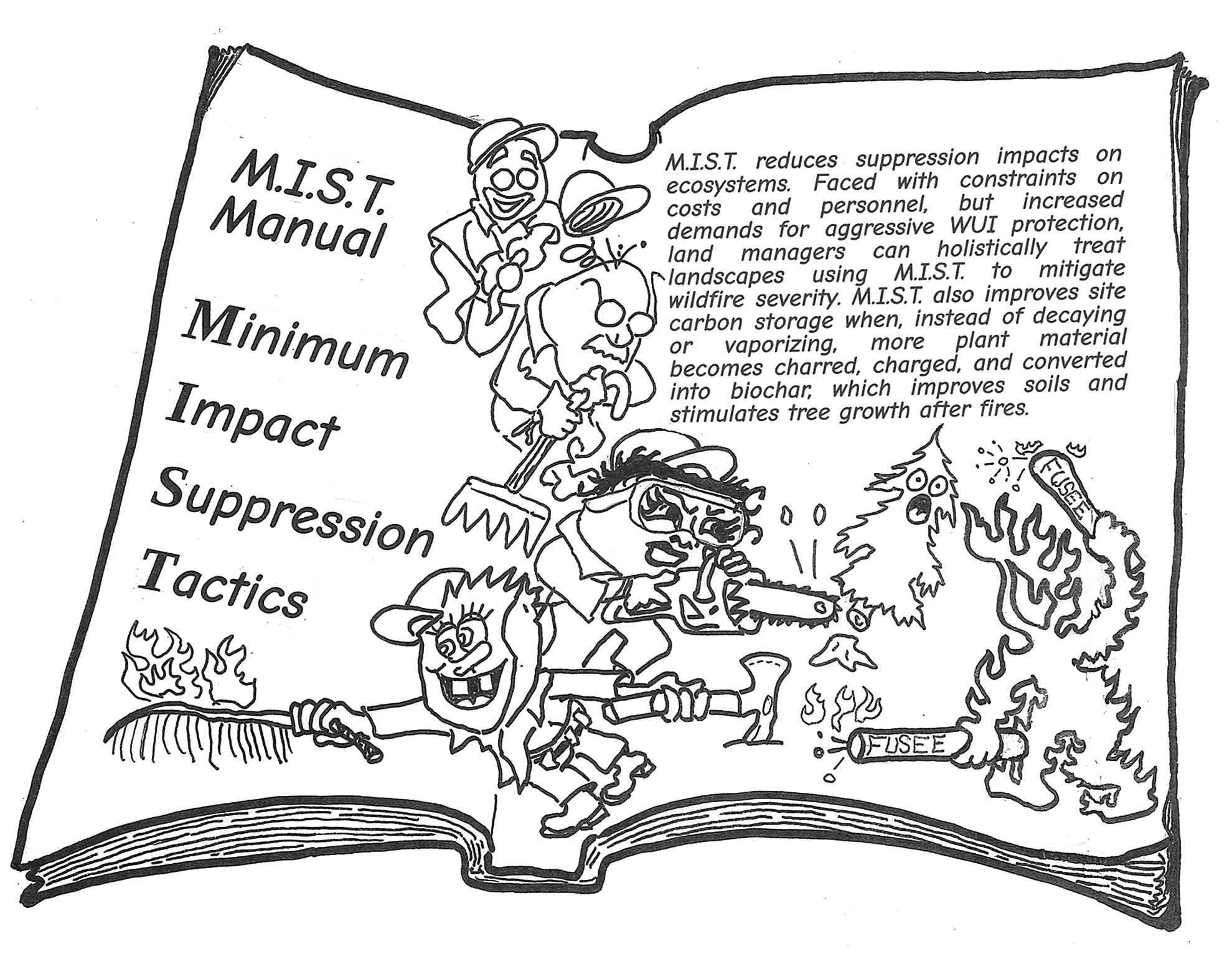
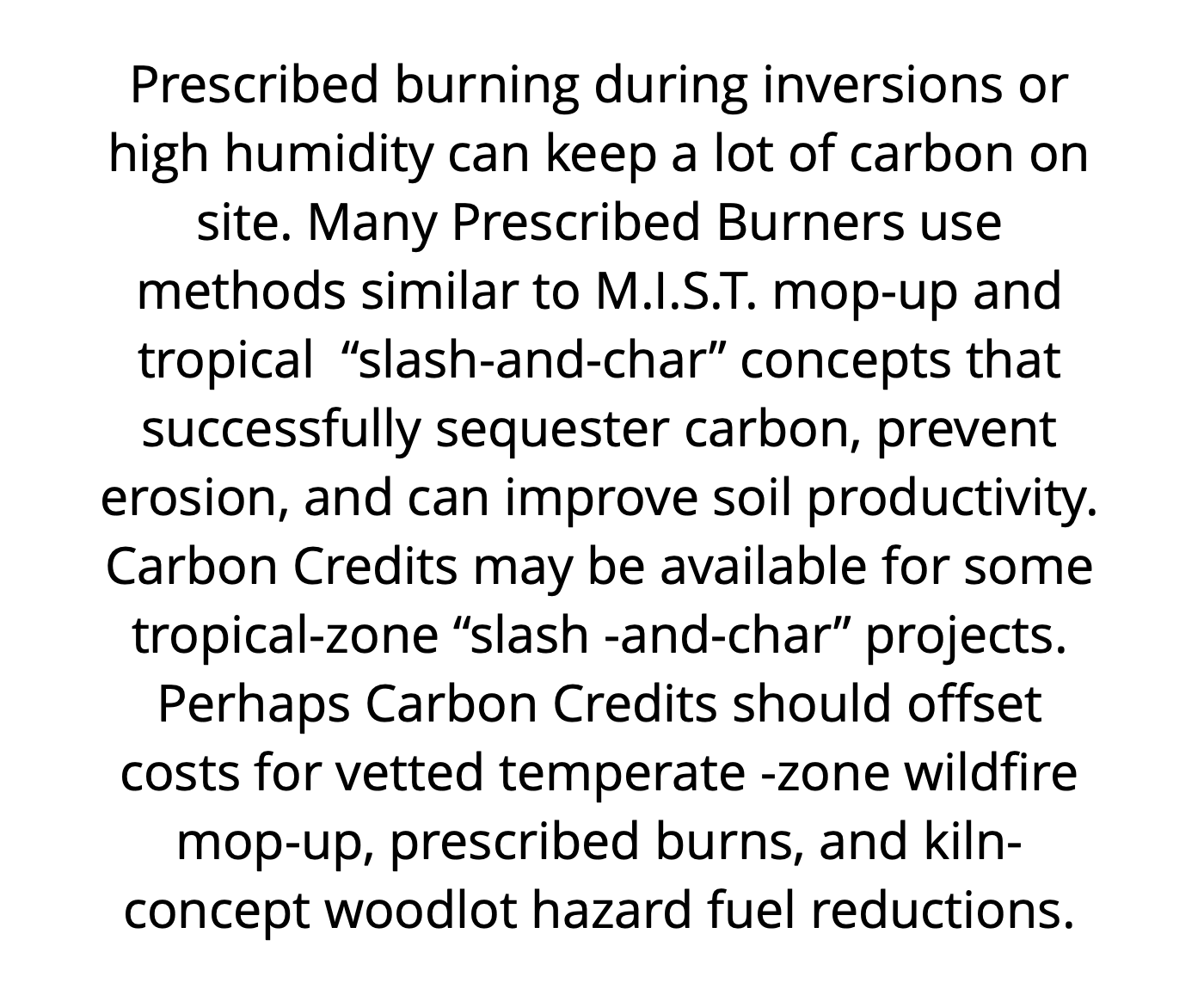
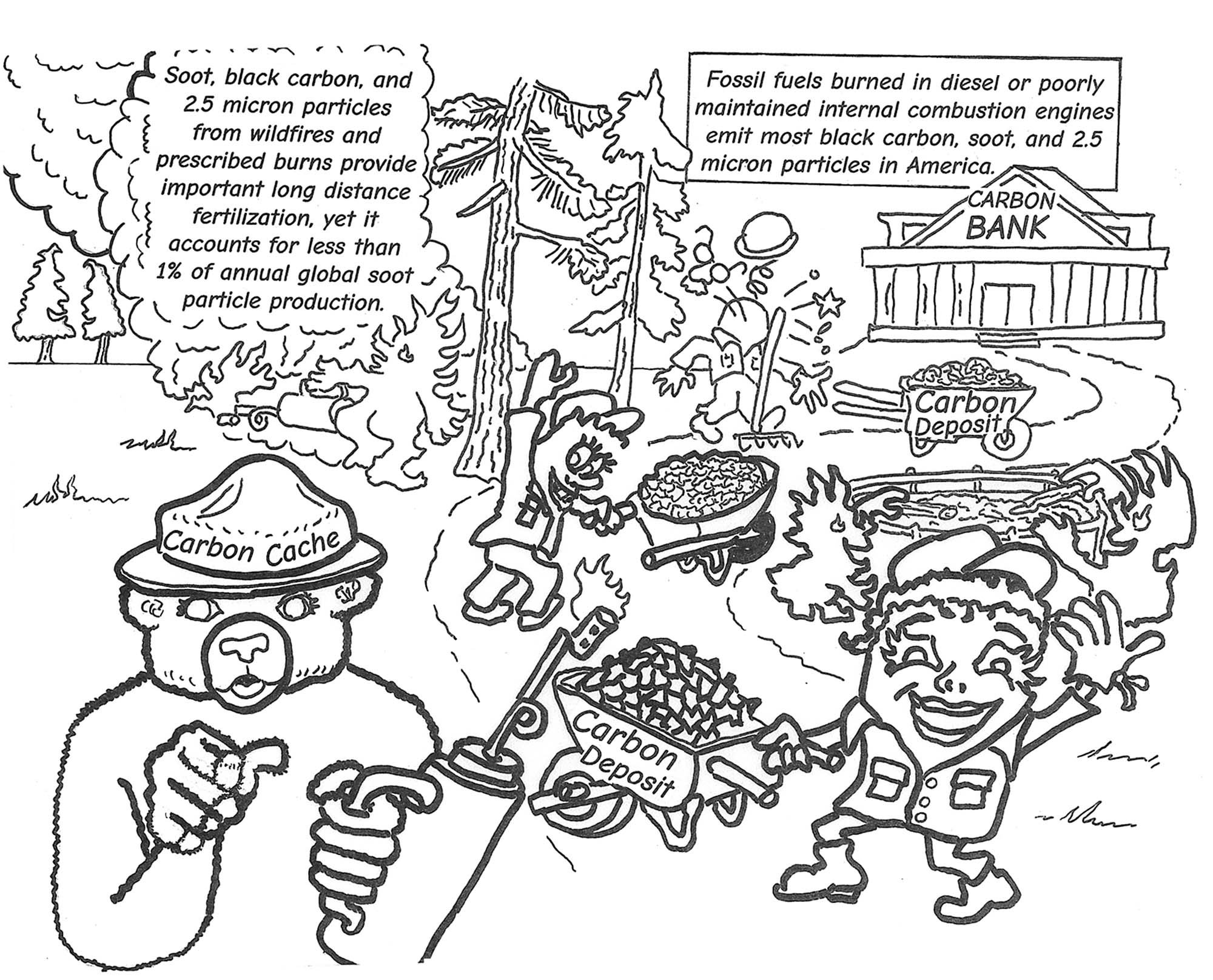
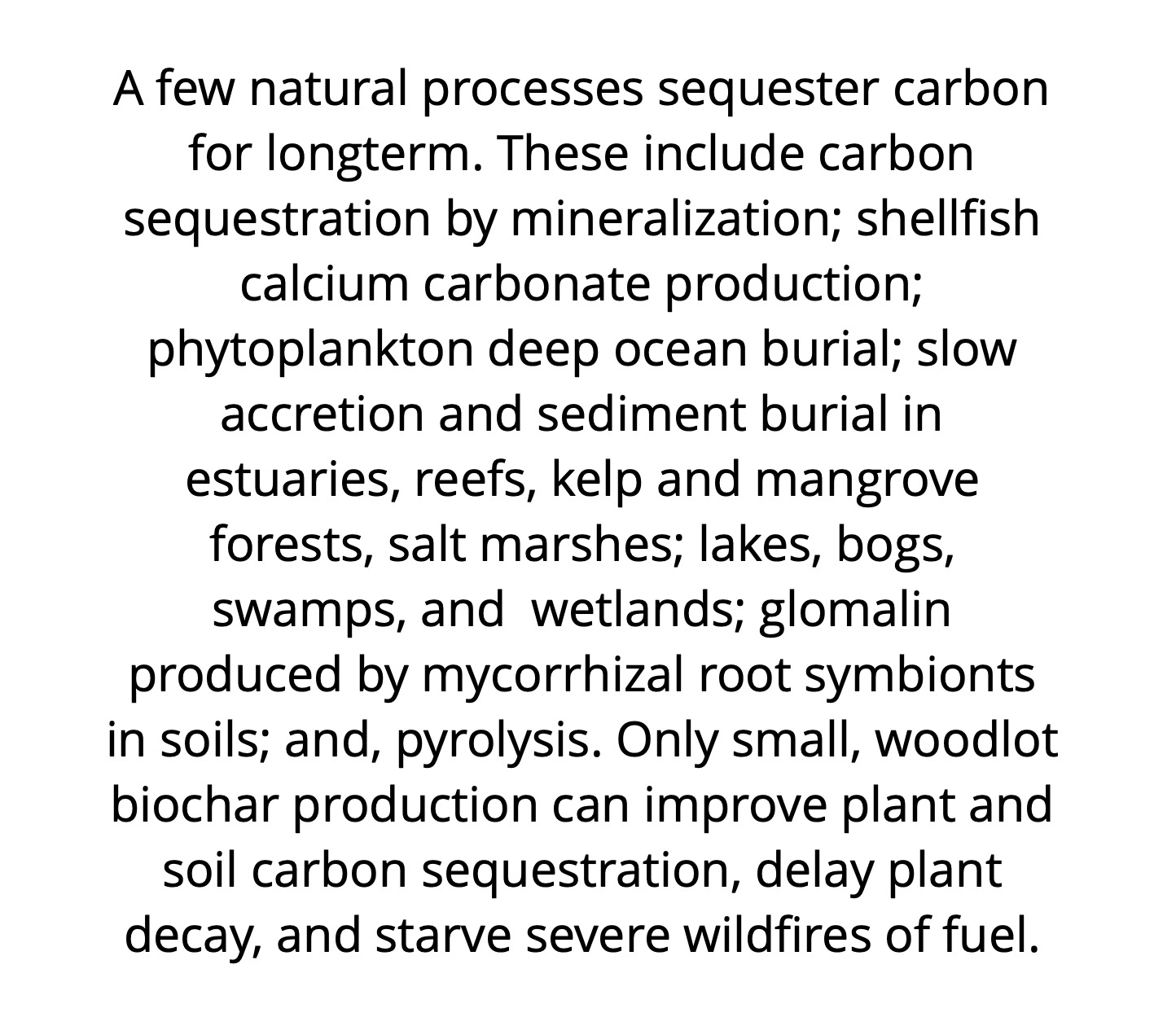
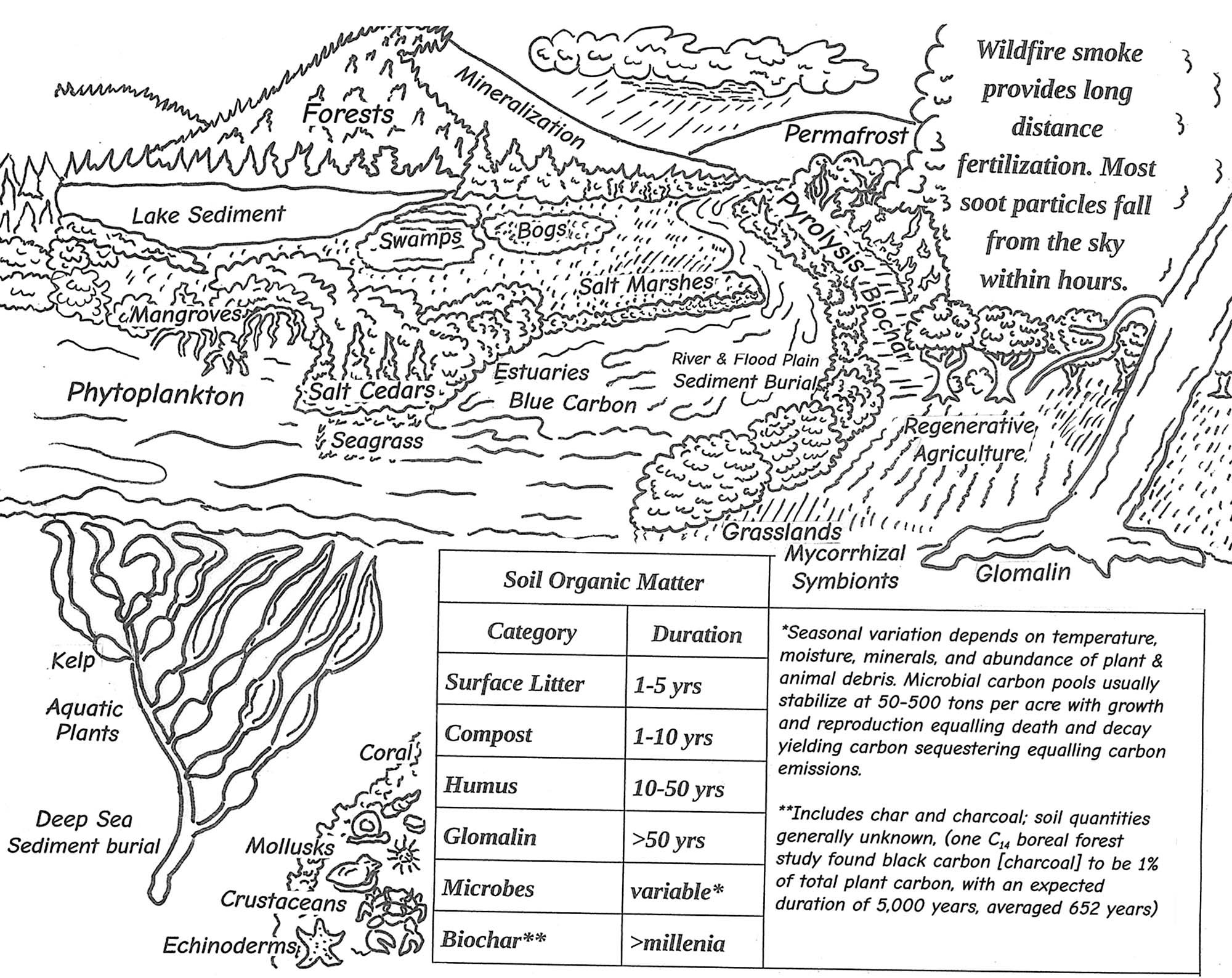
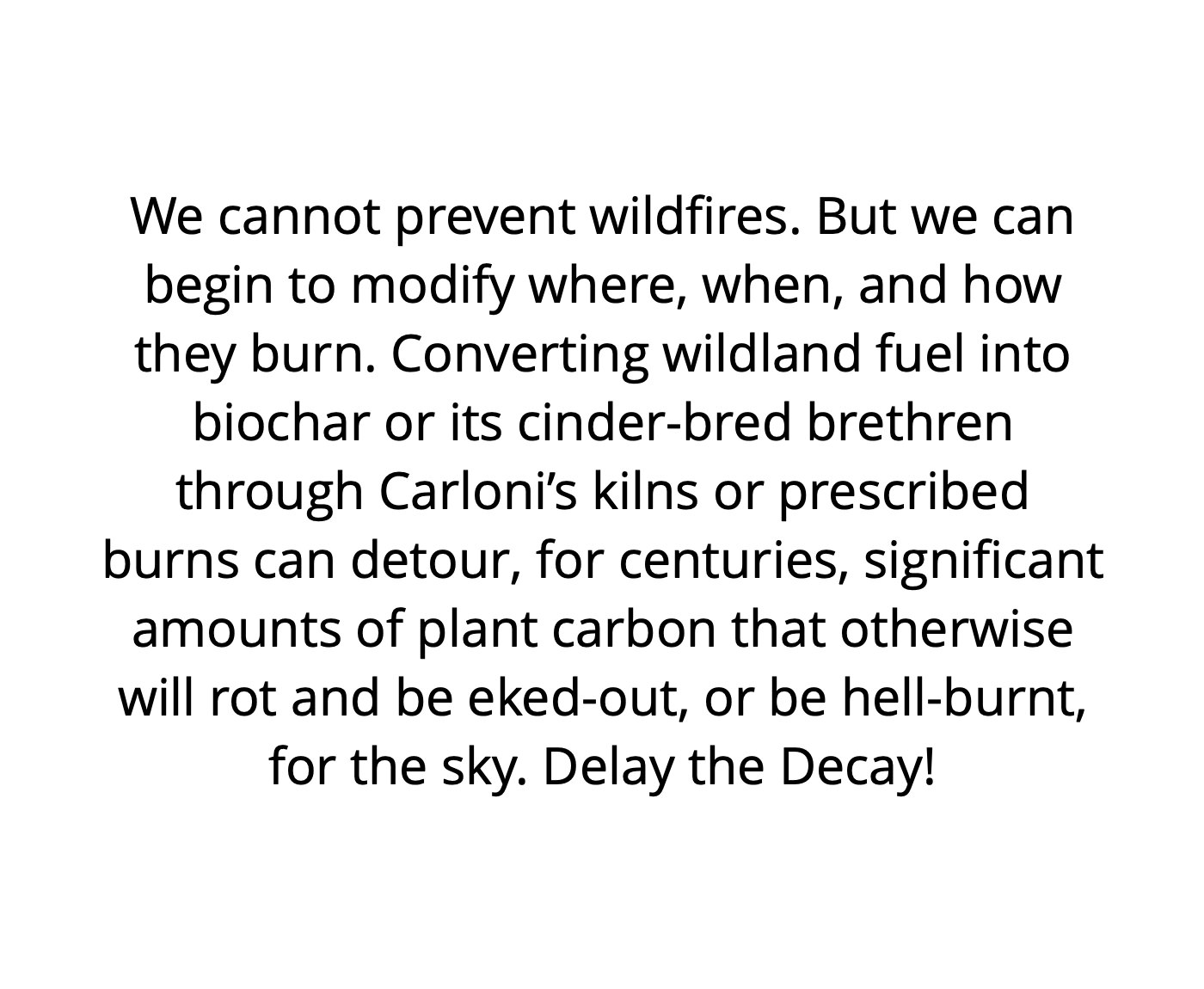
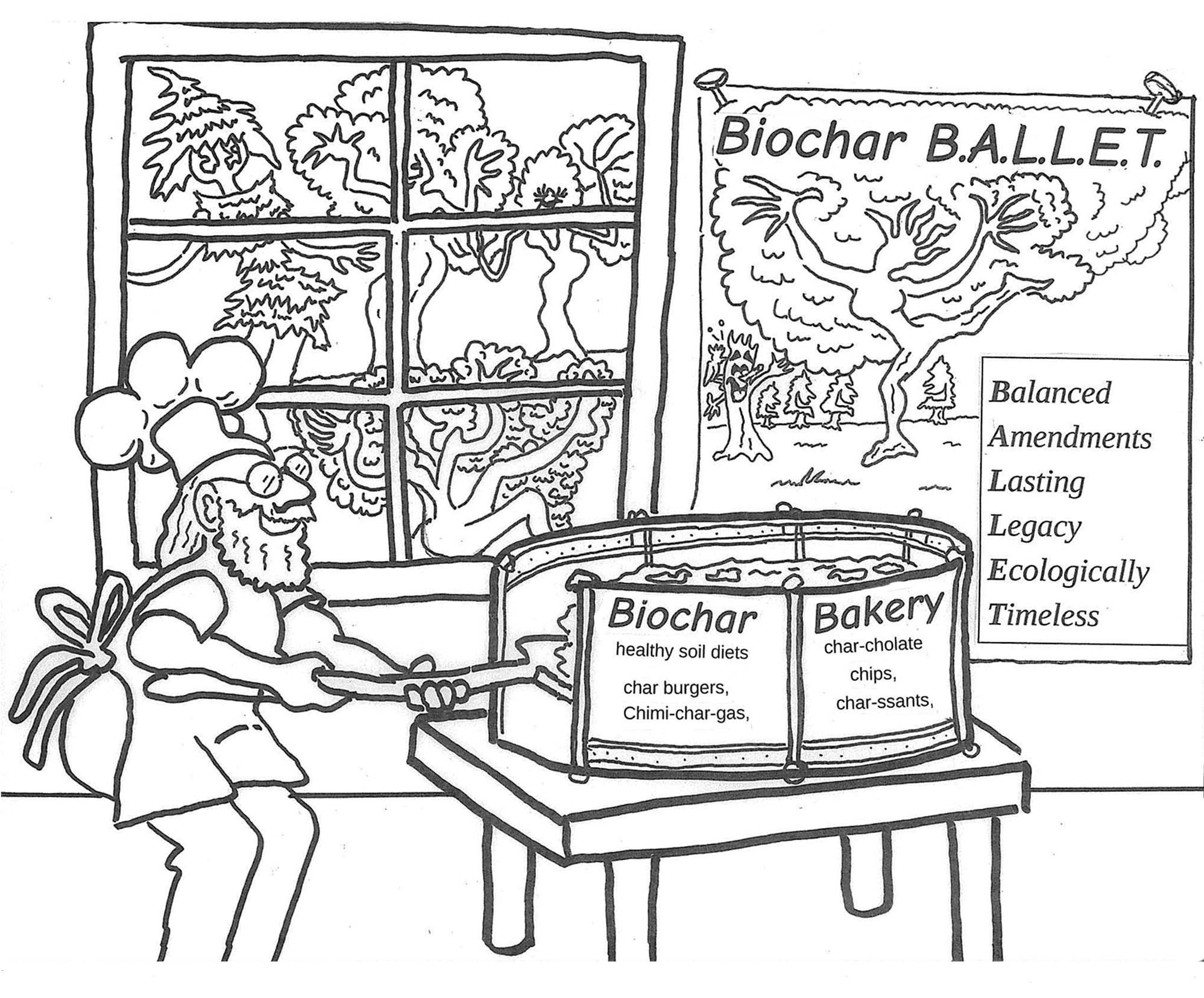
Download the full PDF version of this “chartoon” series here. Print it out and use as a coloring book!
Biochar and Broadcast Burning
“Chartoons” by Parts Permillion

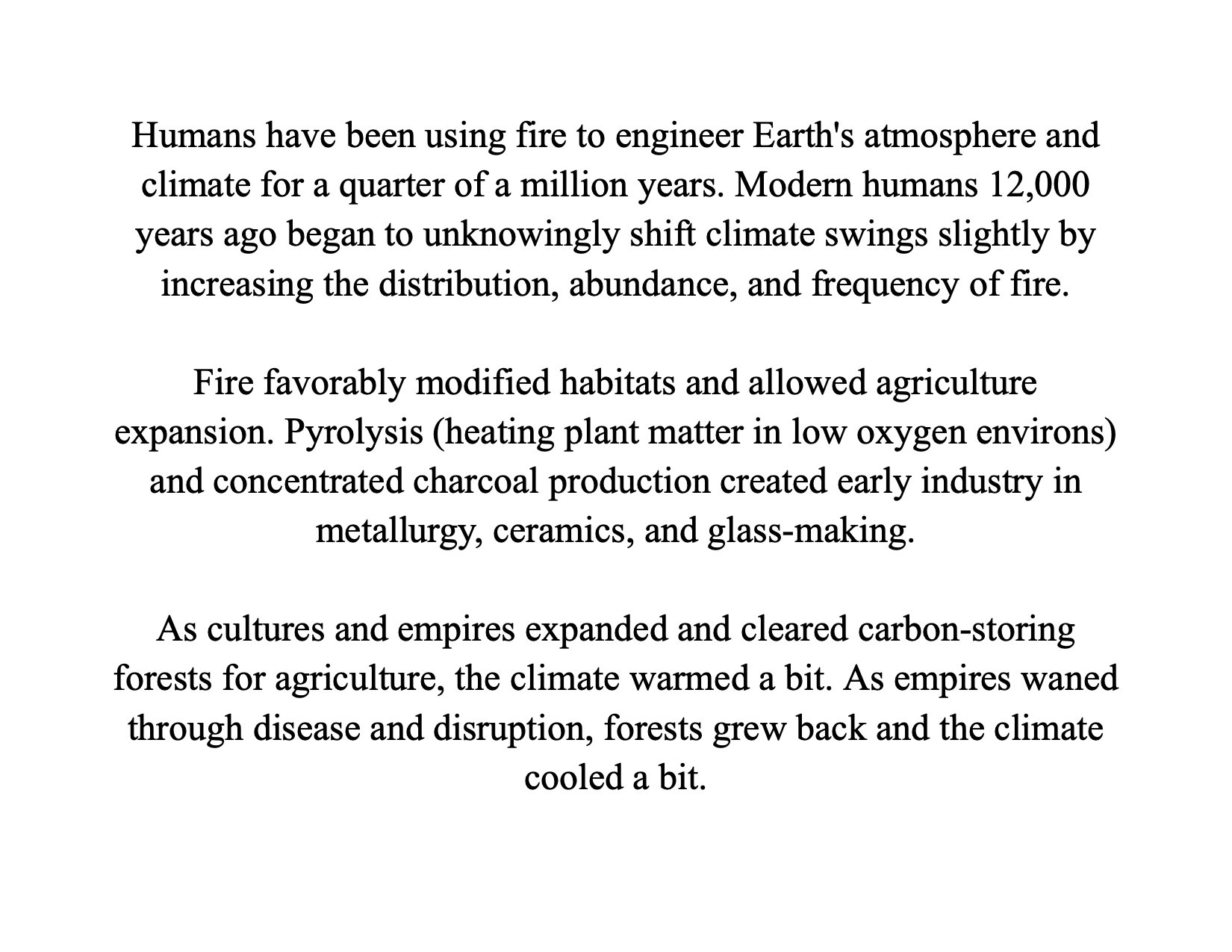

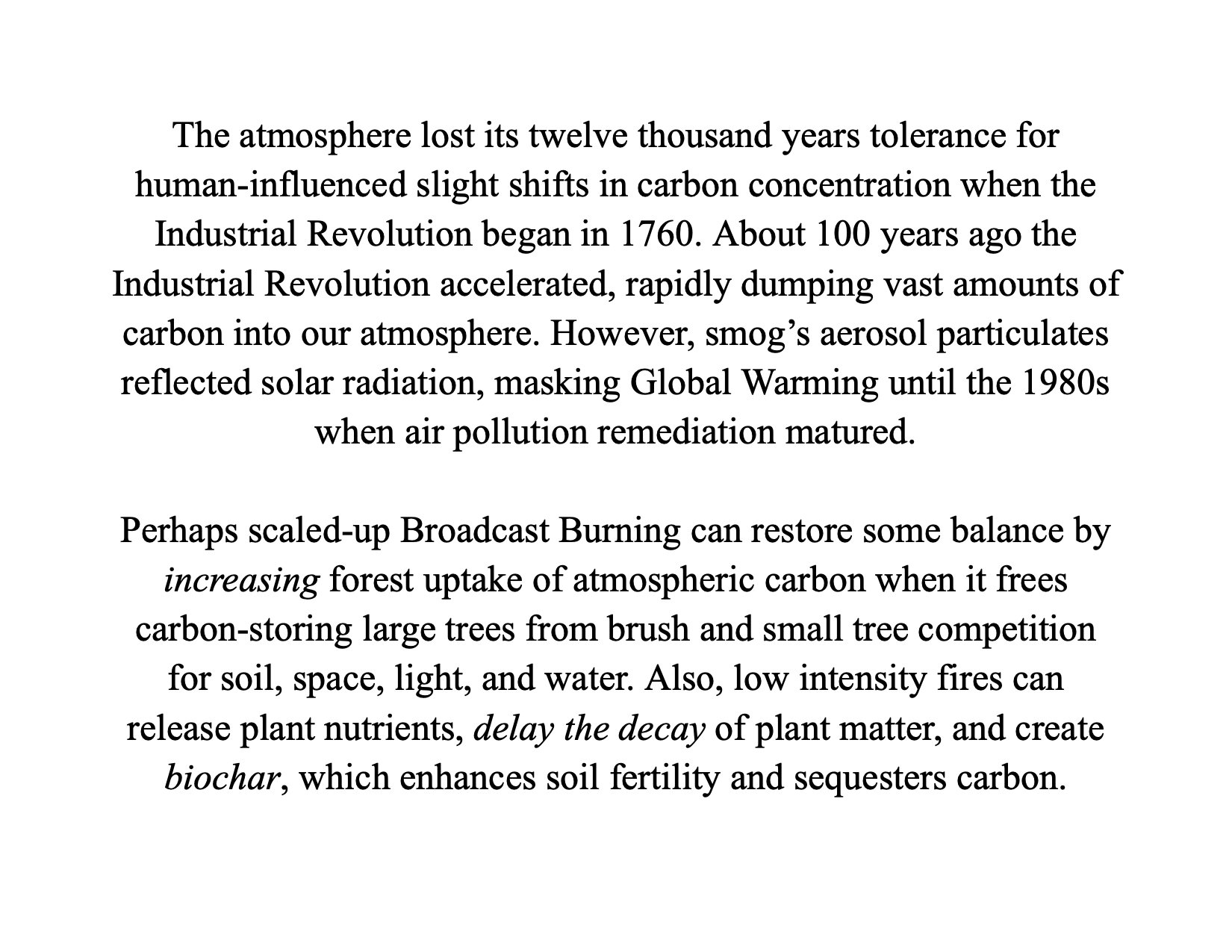

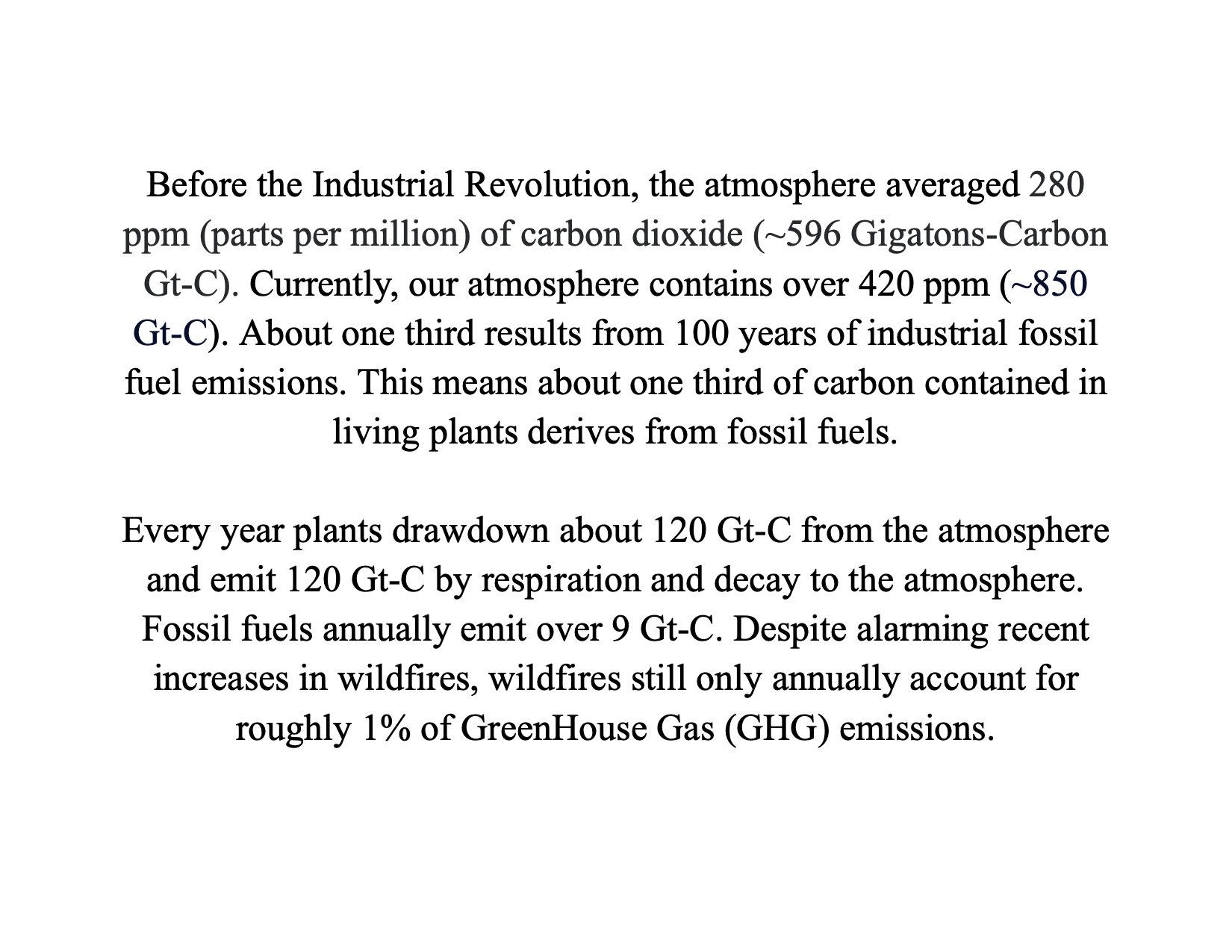

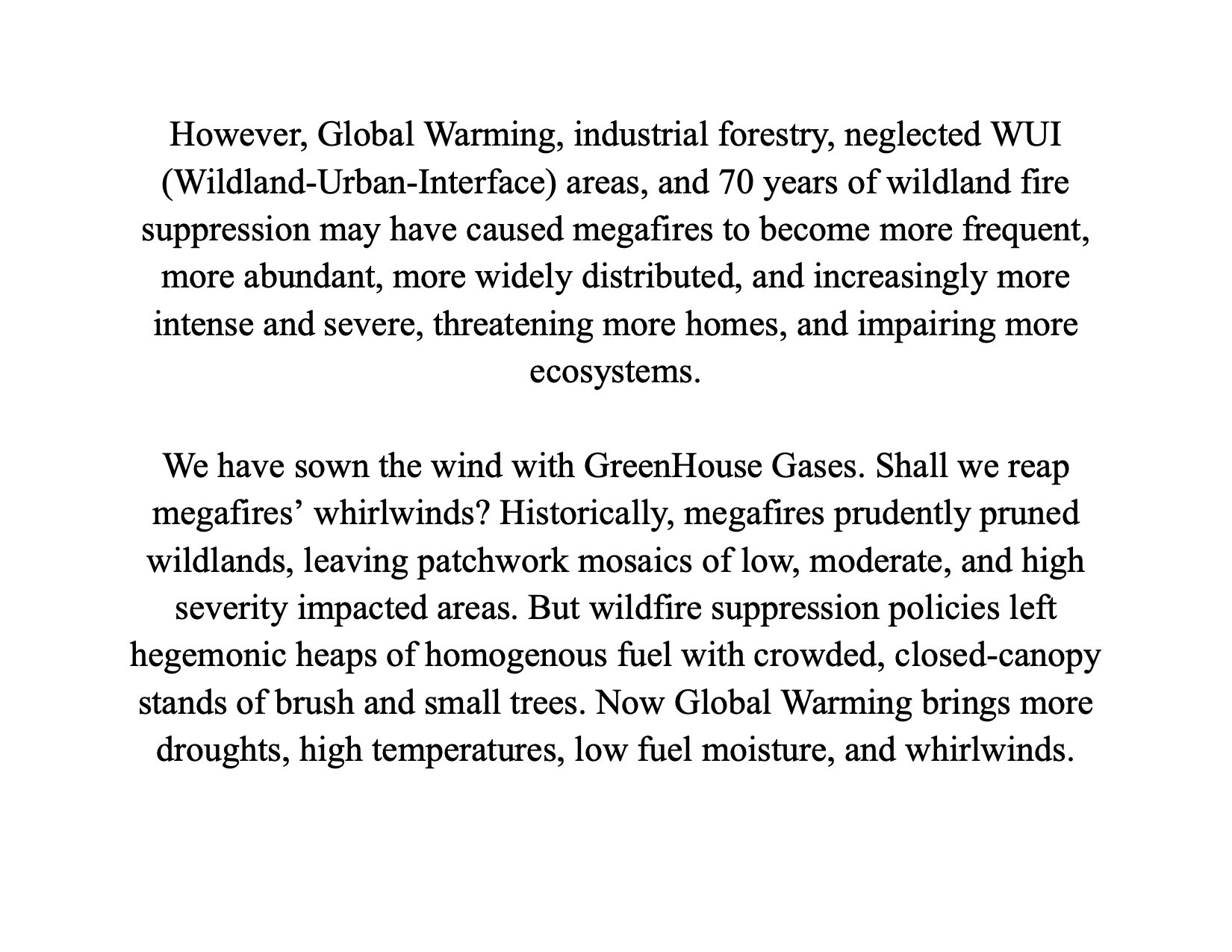

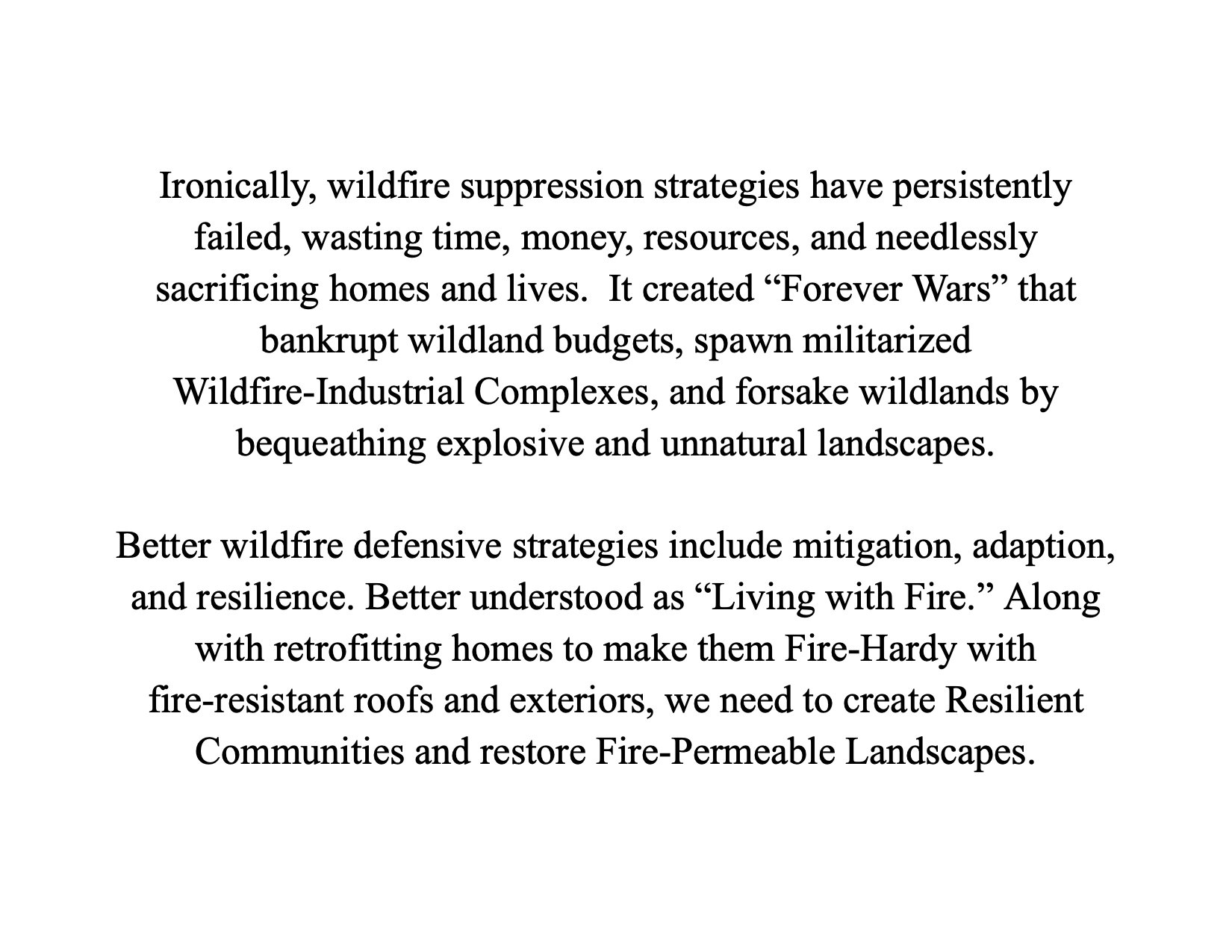



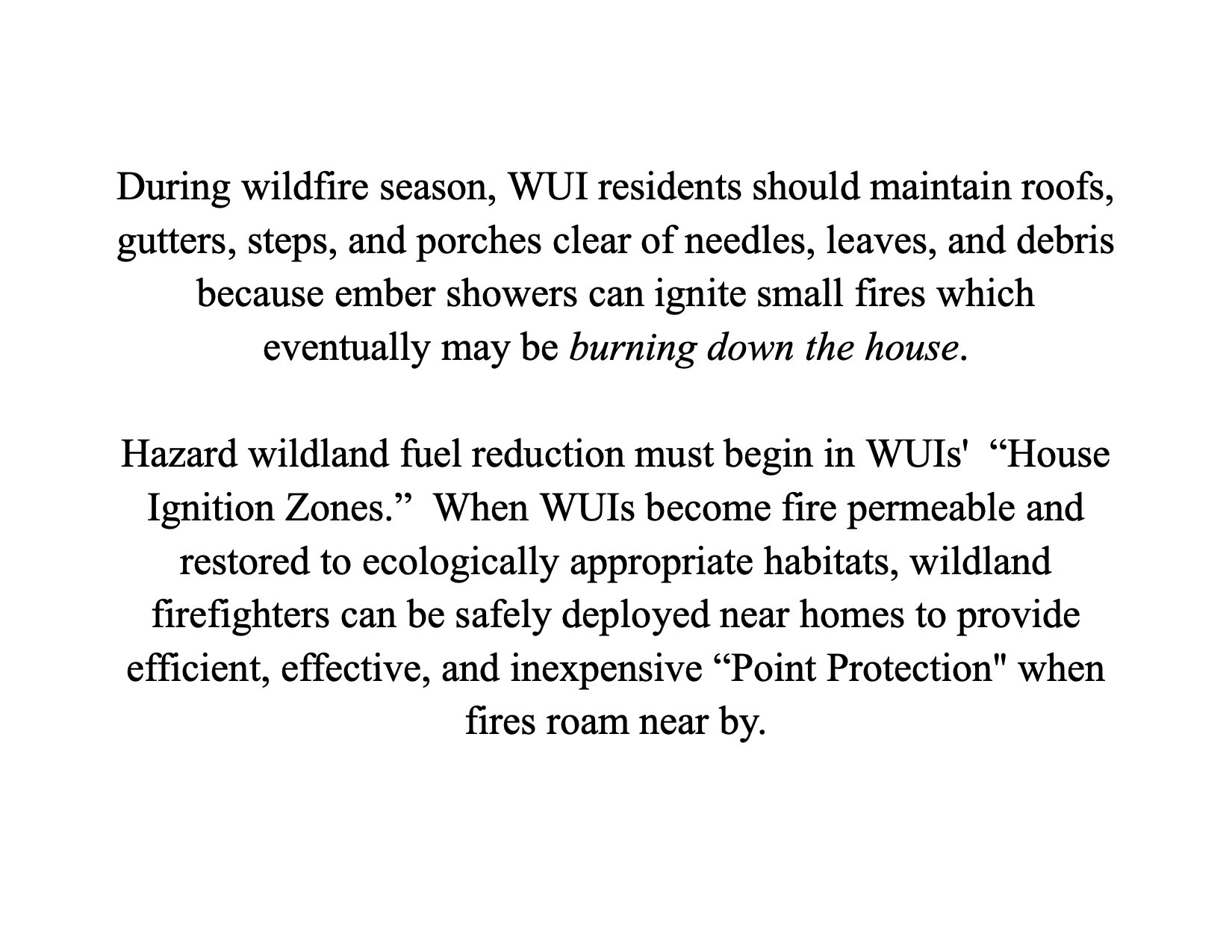

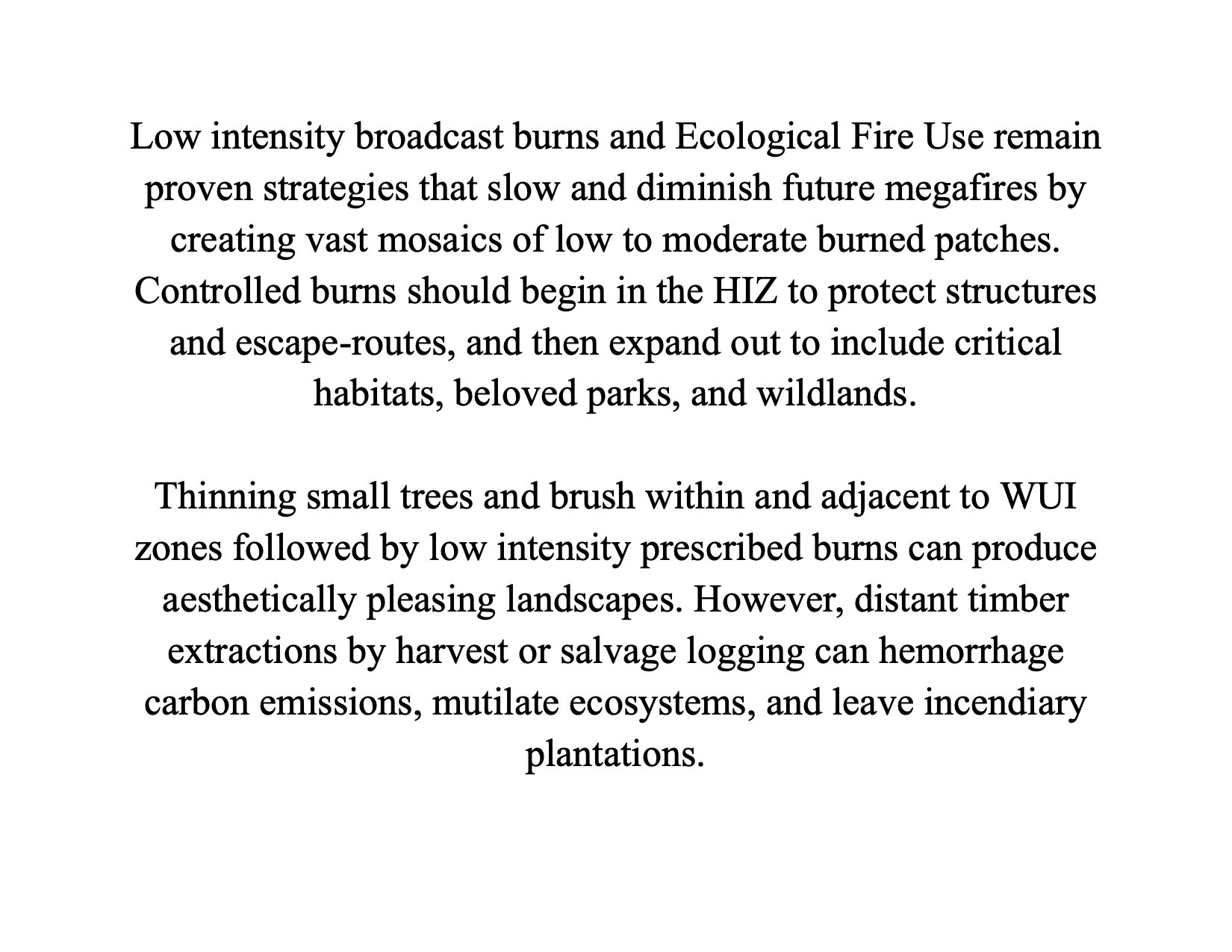



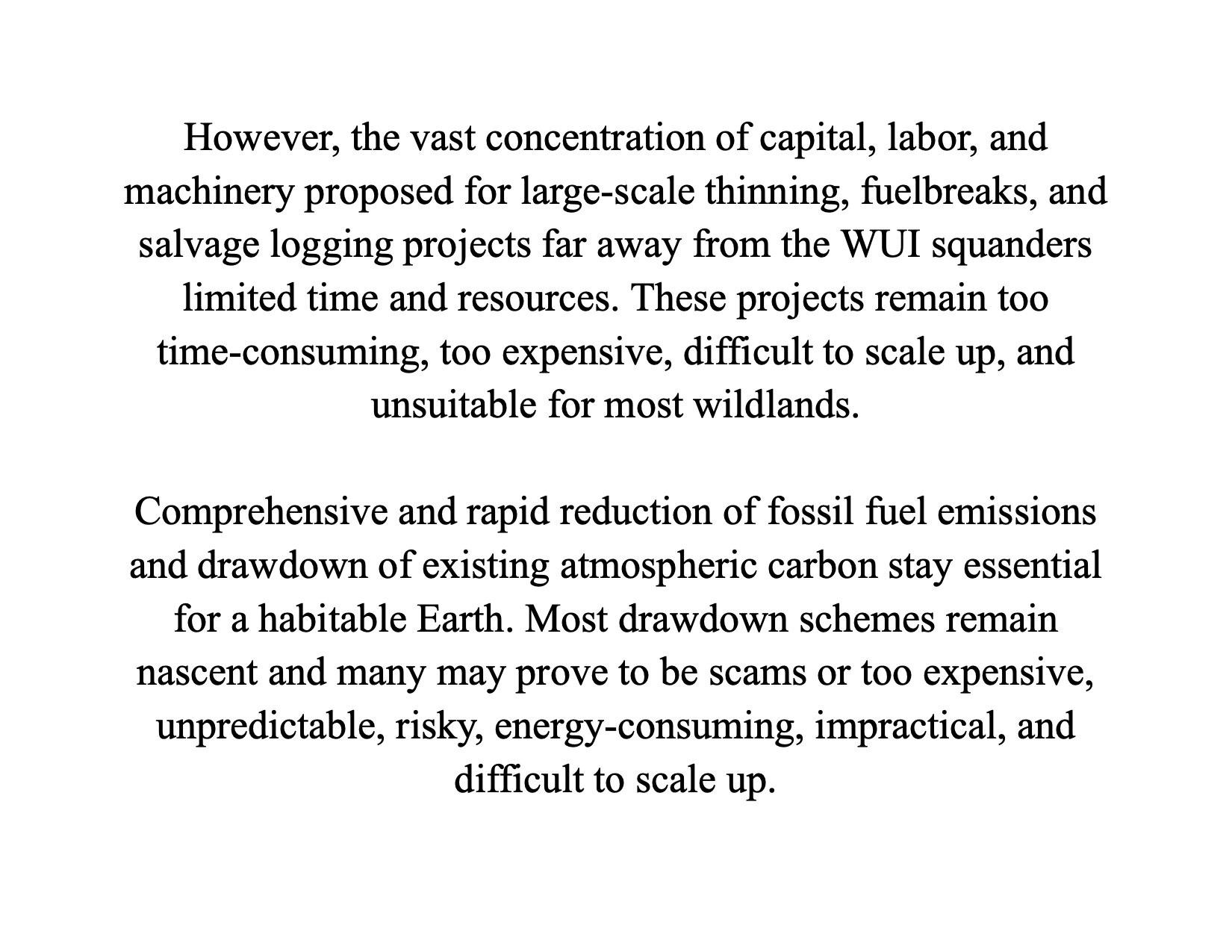

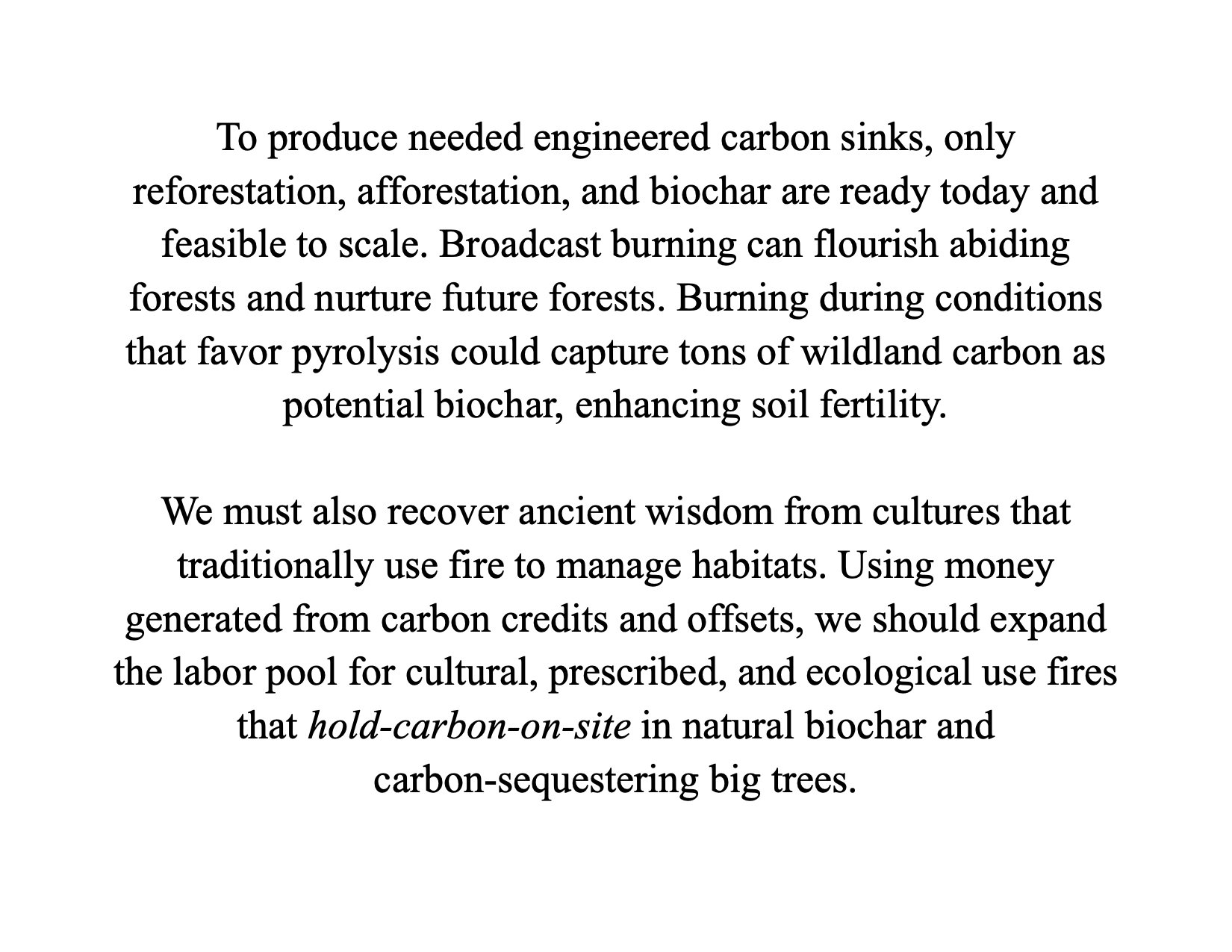

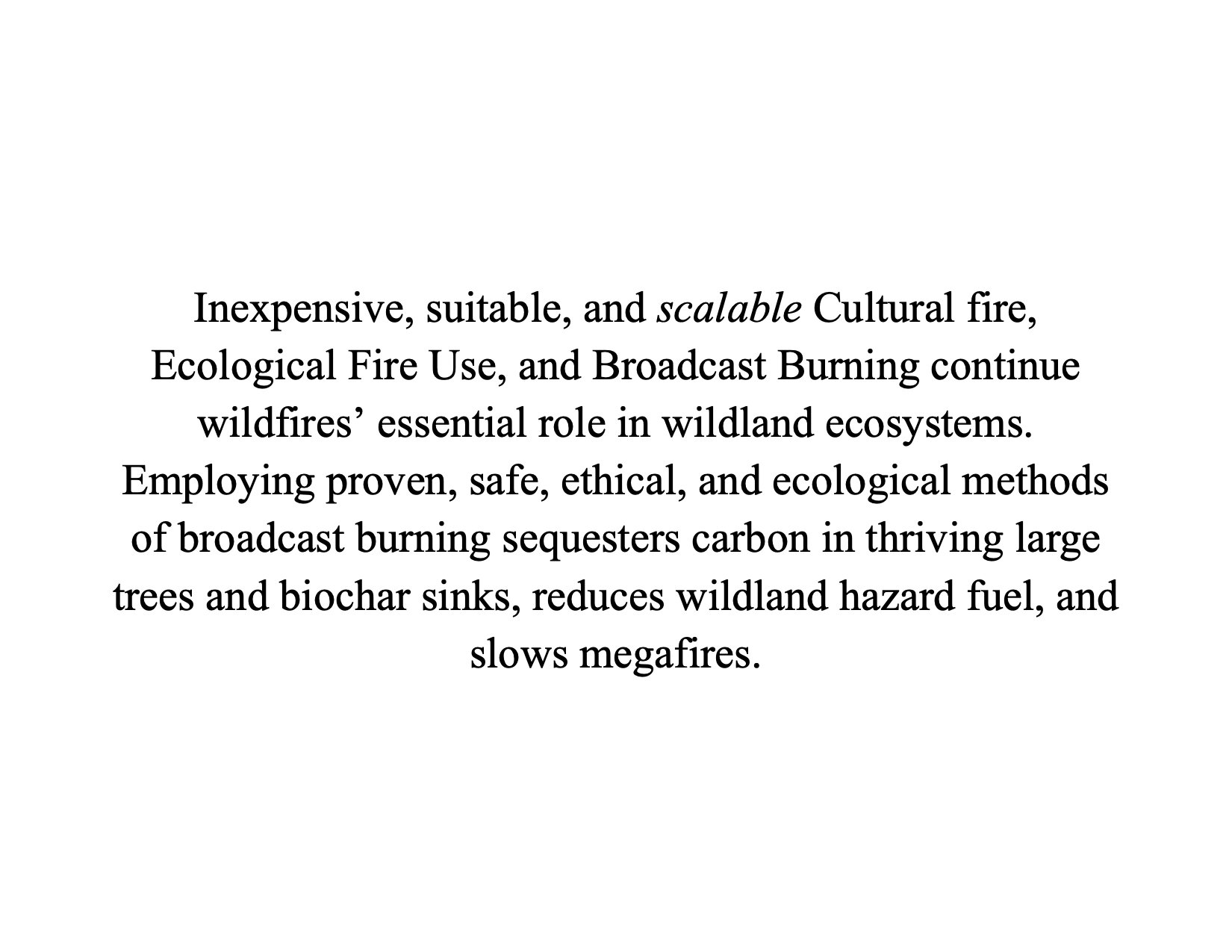
Download the full PDF version of this “chartoon” series here.
Section 5: Acknowledgments
FUSEE's biochar project was made possible with a generous grant from the Terraffirm Foundation and the collaboration of the following partners and helpers:
Dr. Ken Carloni
Hotlum Eco-Restoration Camp
Fire Ecology Network
Videographers: Mitchel Davidowitz, Matt Kreizenbeck, Gerard Ungerman and Stacey Wear
Photographers: Catia Juliana, Saskia Hatvany
Additional Resources
Wildland Fire Use in Roadless Areas: Restoring Ecosystems and Rewilding Landscapes (Ingalsbee, 2001)
Barriers to Wildland Fire Use: A Preliminary Problem Analysis (Doane et al, 2006)
U.S. Forest Service (USFS) Documents
Wildland Fire Use: The “Other” Treatment Option
FUSEE Position Paper: Wildland Fire Use
FUSEE Blog Posts
Doing What (Be)Comes Natural: Cut, Pile, Burn by Tom Ribe, Oct. 2023
Oregon Landowner Brings Good Fire Back to the Forest by Rudy Dietz, Sept. 2023
Chief Moore's New Direction on Prescribed Fire by Mike Beasley, Aug. 2023
Fire as the Essential Tool: Remembering to Celebrate Success July 2022






